Nangchen County
Nangchen county ནང་ཆེན་རྫོང་ is one of 6 counties located in Yushu Tibetan Autonomous Prefecture in the Qinghai Part of Kham. Though Nangchen is remote and underdeveloped, it is one of the most beautiful parts of Tibet and has some of the best preserved Tibetan culture remaining. Nangchen county covers 11,539 square kilometers/4455 square miles and has around 70,000 people with Tibetans making up about 98% of the population. Of the 155 counties of the Tibetan Plateau, it has one of the highest percentages of Tibetan people.
Nangchen was one of the 5 independent kingdoms of eastern Tibet. These kingdoms were independent from both China and the Tibetan government in Lhasa and were ruled by a king. The former Nangchen kingdom expanded over all of modern day Yushu Tibetan Autonomous prefecture in southern Qinghai. The king of Nangchen ruled this region until the late 1950’s/early 1960’s. During the Kham rebellion from 1956 to 1959, the king of Nangchen sent out several platoons of soldiers on horseback to defend against the Communist Chinese soldiers. The last king of Nangchen to sit on the throne was King Tashi Tsewang. He was killed during the Cultural Revolution.
The county capital of Nangchen is Sharnda ཤར་མདའ་. Sharnda is the largest town in Nangchen county and is the only town accessible by public transportation. Sharnda is NOT the main reason for going to Nangchen as it is fairly uninteresting and it is quite dirty and loud, but it is the starting point for travel to the other more interesting parts of the county. Sharnda has several hotel options, though none of them are particularly good. The best hotel options are the Khamba Hotel and the San Jiang Yuan Hotel. Both of these hotels are located on the main road in town only 100 meters away from each other. There are numerous restaurants and small stores lining the main road. For those going camping or hiking, Sharnda is the last place to stock up on supplies. There is at least 1 daily bus to Sharnda from Xining, the provincial capital of Qinghai. Sharnda is also accessible by bus or shared mini-van from Jyekundo སྐྱེ་དགུ་མདོ་ to the north and from Chamdo ཆབ་མདོ་ to the south.
In addition to Sharnda, there are 9 townships spread across the county. These townships are remote and relatively difficult to get to. There are no public buses going to these townships. Shared mini-van taxi’s go to some of these townships everyday from Sharnda, though some of the more remote townships only have mini-vans departing for them ever 2nd or 3rd day. There are over 120 Tibetan Buddhist monasteries in Nangchen county and an estimated 15,000 monks and nuns. There are more monks and nuns per capita in Nangchen than anywhere else in Tibet. The most famous monasteries are Gar Monastery in far southeast Nangchen, Gechak Nunnery located just south of Jinisai township, Dana Monastery located east of Gayong township and Trulshik Monastery located near Jiqu township.
About 70 kilometers south of Sharnda along Highway 214, you will reach the cut-off to Tsechu Monastery and the former home of the Nangchen King. Tsechu is quite large and has a huge field of carved prayer stones that is lined with prayer wheels. Pilgrims from the area come here everyday. There are a couple of hundred monks who live here. The small, modest home of the former King of Nangchen is still found. Ask one of the monks to show you where it is and he may even unlock it for you. Tsechu Monastery is located about 12 kilometers straight-line distance north of Riwoche county in Chamdo prefecture or about 25 kilometers by road. It can only be accessed by shared taxi from the county capital of Sharnda.
Probably the most beautiful region of Nangchen county is the area in and around Dana Monastery རྟ་རྣ་དགོན་. Dana Monastery is remote and is often cut off in the summer when heavy rains wash out the few roads leading here. The mountain top monastery sits at 4300 meters and is surrounded by jagged peaks that are snow-capped for much of the year. A forested valley lies below the monastery with a glacier fed river and hot springs close by. Dana Monastery is located about 2 hours from the very small village of Jinisai and about 5 or 6 hours west from the county capital of Sharnda. There are no accommodation options in Jinisai, though Dana Monastery will allow you to camp in the area or stay at a small and simple guesthouse they have.
Gechak གེ་ཆགས་དགོན་ is the largest nunnery in Nangchen and the largest in Qinghai province. It (unofficially) has more than 600 nuns living there. Gechak lies on a remote grassland area where yaks can be found grazing. Gechak is located about 45 minutes past Jinisai village or about 5 hours from Sharnda. The nuns here are extremely friendly and very rarely have any guests. They are always happy to have guests come and visit them!
Nangchen has 2 national level forests within it. While much of Yushu Prefecture and the Tibetan Plateau is completely treeless, these 2 large forests are filled with evergreen trees. The first forest is the Baizha National Forest, which is located about 65 kilometers south of the county capital of Sharnda along Highway 214. The other forest is the Jiangxi National Forest, which is located about 110 kilometers southeast of Sharnda. The Jiangxi Forest is quite stunning and remote and sees very few foreign travelers. The forest covers parts of Nangchen and Yushu counties as well as part of Chamdo county. There is no accommodation in this area, but plenty of places to camp. Since this area is heavily forested, it is best to not have any campfires.
Surmang ཟུར་མང་ is a traditional region of Kham found within modern day Yushu Tibetan Autonomous Prefecture. The village of Small Surmang is located in southeast Yushu county, while Big Surmang is located in northeast Nangchen county. Big Surmang, also known as Maozhuang in Chinese or Modrong in Tibetan, is home to the large Surmang Namgyaltse Monastery. This massive Kagyu sect monastery was rebuilt recently and is home to over 500 monks. The area around Big Surmang/Modrong is home to many nomads and semi-nomadic families. Big Surmang is located about 100 kilometers northeast of the county capital of Sharnda along a rough dirt road.
About 10 kilometers east past Modrong, you come to the scenic Gaden Monastery. Gaden Monastery lies on a mountain top along a hairpin turn of the Dzi River at 3660 meters above sea level. There is a new modern bridge that now allows you to drive across the river to reach the monastery. For an excellent panoramic view of the monastery and the river bend, hike about 500 meters above the road on the opposite side of the river from the monastery.
Southeastern Nangchen county is home to Gar Monastery གར་དགོན་, which has several hundred monks. The monastery is located within proximity to the Baizha National Forest and is about 70 kilometers from Sharnda along a rough dirt road. This monastery is surrounded by evergreen trees and is one of the best places in Nangchen county to go hiking and camping. Even though the monastery is located above 4200 meters, there are monkeys found in the area, one of the few areas where monkeys are found in Tibet. The monastery was recently rebuilt and has a lower and upper part. The old prayer wheels in the upper monastery are said to be over 700 years old.
Southwestern Nangchen county is relatively easy to reach as much of the road is now paved. The road from Sharnda to Jichu (Jiqu in Chinese) is now all paved and in good condition. Near to the village of Jichu is the Gyamar Mani, the second largest collection of carved prayer stones in Kham after the famous Gyanak Mani in Jyekundo. There are hundreds of millions of carved prayer stones at the Gyamar Mani Temple. The Gyamar Mani is located about 95 kilometers southwest from Sharnda and about 3 kilometers past the village of Jichu. There is a pilgrimage circuit around the temple.
Trulshik Monastery looks like a miniature version of Kathmandu’s Boudhanath Temple, the most famous stupa in the Tibetan Buddhist world. Trulshik is located about 15 kilometers from Jichu village and about 115 kilometers from Sharnda. Everyday, pilgrims come from the area to the monastery, many from Riwoche in Chamdo prefecture. The prefecture line between Yushu and Chamdo is less than 5 kilometers away from Trulshik Monastery. There is no accommodations or services anywhere near this area. Even though it is remote, it is well worth traveling to.
The most remote part of Nangchen county is the far northwest. There is one small township in this area called Dompa (Dongba in Chinese). This portion of the county is higher in elevation than the rest with the average elevation being between 4200 meters and 4500 meters. This area consists mainly of high altitude grasslands that are filled with yaks. From the county capital of Sharnda, Dompa is located 125 kilometers west. Like most of the rest of the county, there are no accommodations or facilities in this region.
Juela township in far north-central Nangchen county is one of the largest of the 9 townships spread across the county. The large Juela Monastery is located here along the upper reaches of the Mekong River, known as the Dza Chu in Tibetan. Juela actually has a few small and simple guesthouses as well as restaurants and a few shops to stock up on supplies. Juela is 65 kilometers northwest of Sharnda by paved road and can only be reached by shared taxi. The monastery here is very large and is home to over 600 monks.
If you are looking for an adventure in an off-the-beaten-path area that is purely Tibetan and has stunning natural beauty, Nangchen is it. It really doesn’t get much better than this area. I have been fortunate enough to spend about 9 weeks over the past 8 years traveling from one end of the county to the other. There are very few places in Nangchen that I haven’t been to. Do remember that the county capital of Sharnda isn’t really worth staying in for more than a couple of nights. Literally all of the pictures here were taken in one of the 9 township regions spread across Nangchen county. Nomads, grasslands, monasteries, snow-capped peaks, forests, rivers, yaks, monkeys and some of the best preserved Tibetan culture…..Nangchen has it all!
For more information about Nangchen, send an email to thelandofsnows@gmail.com

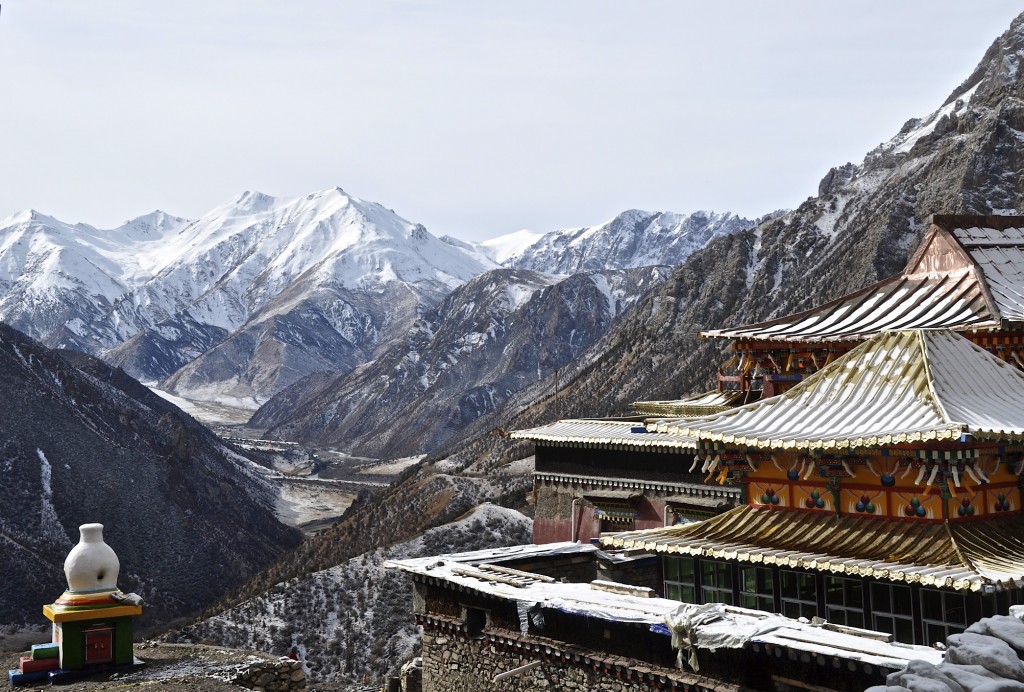
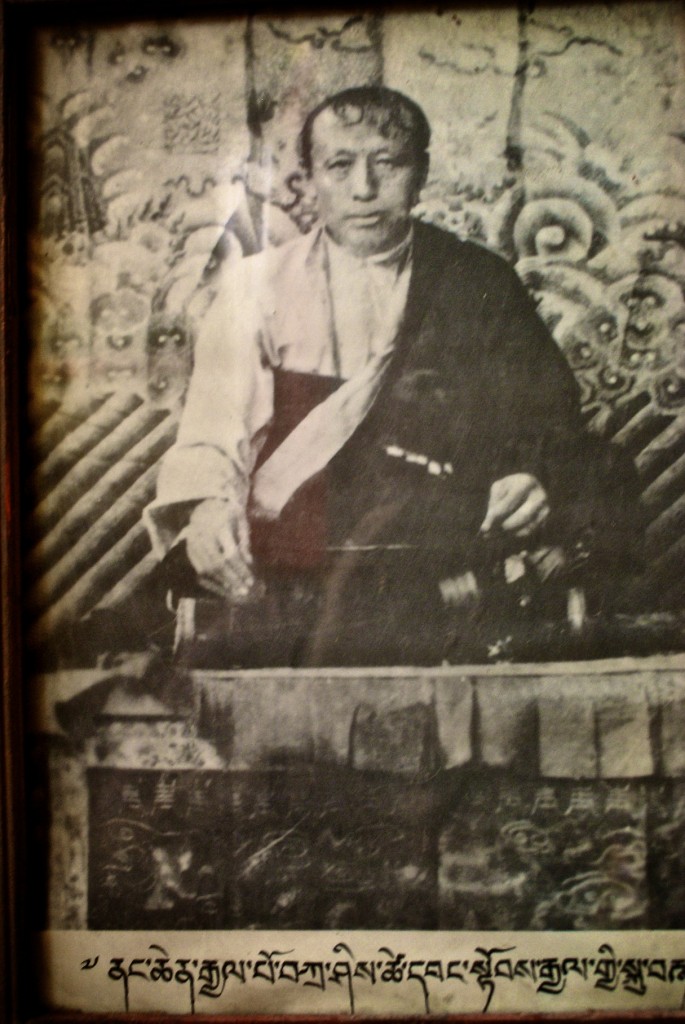
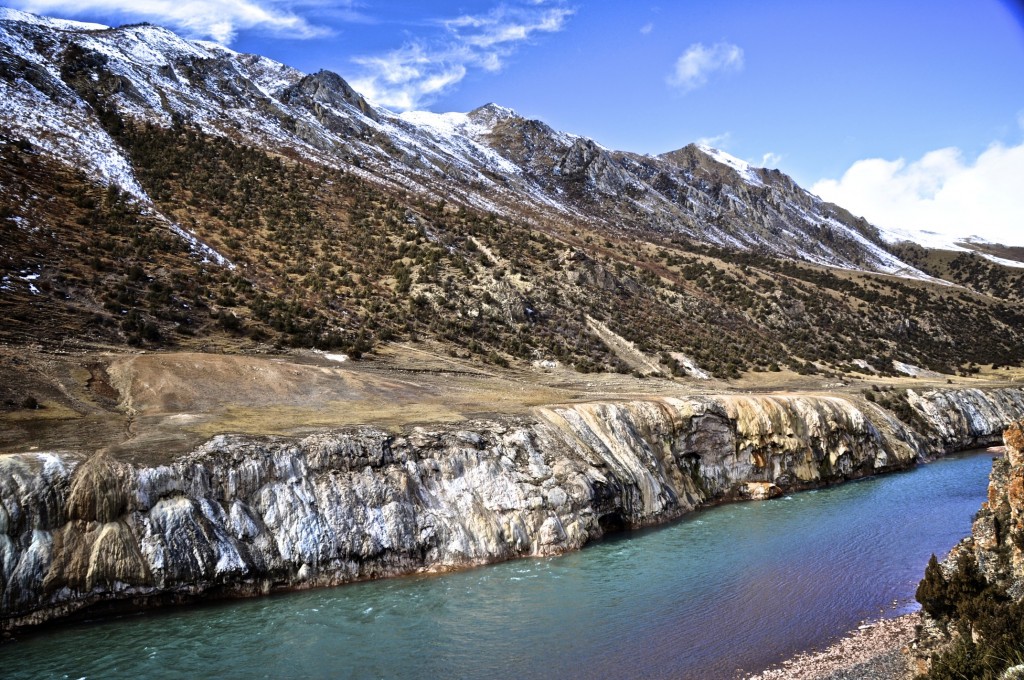
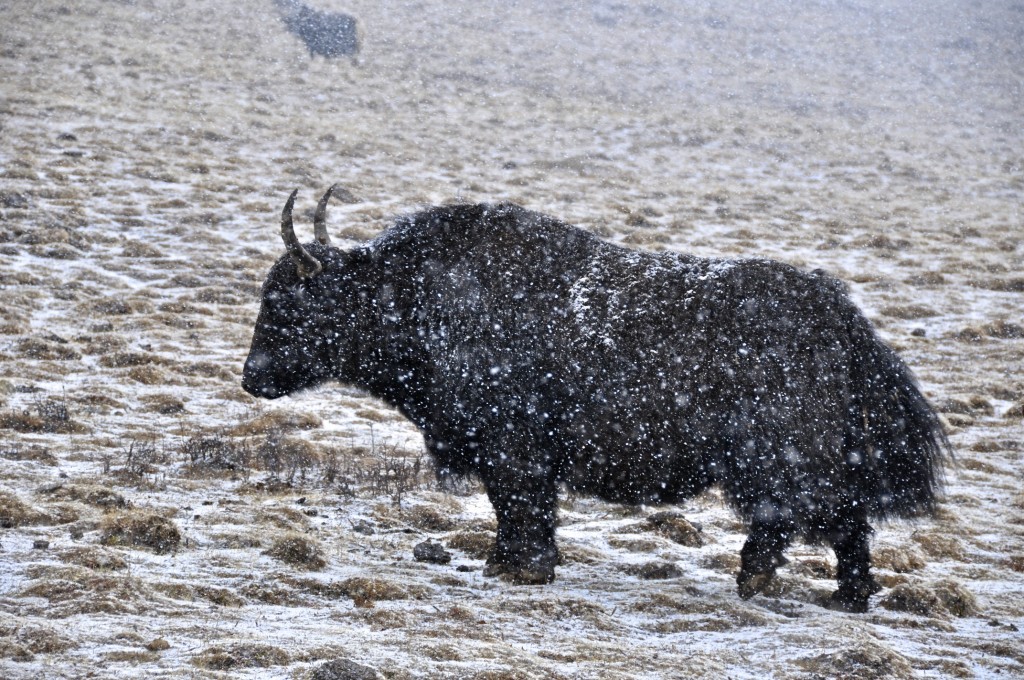
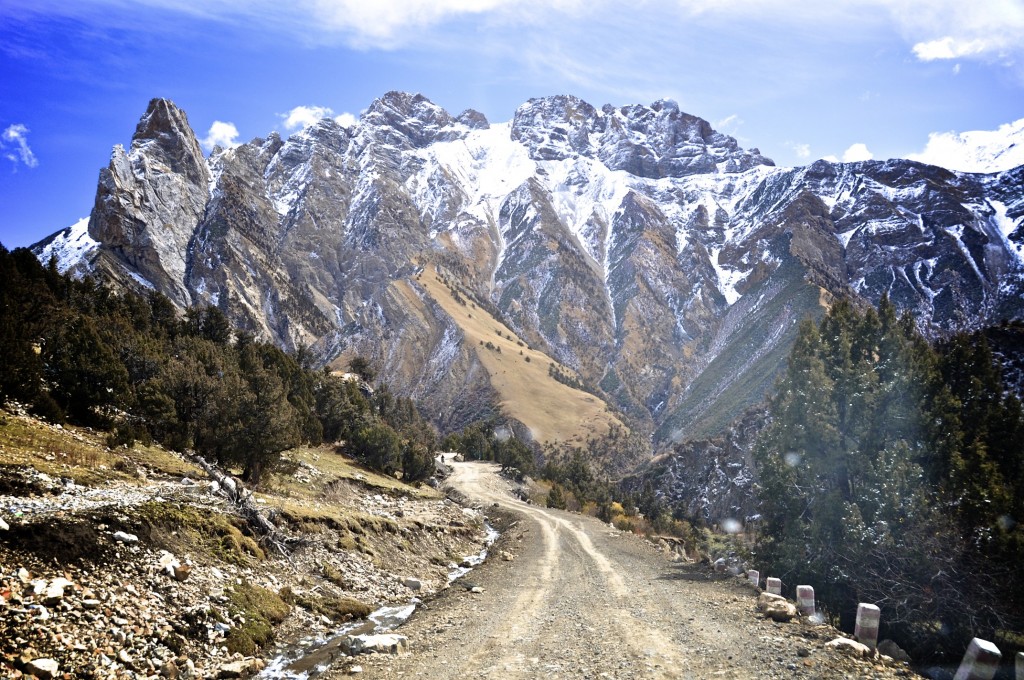
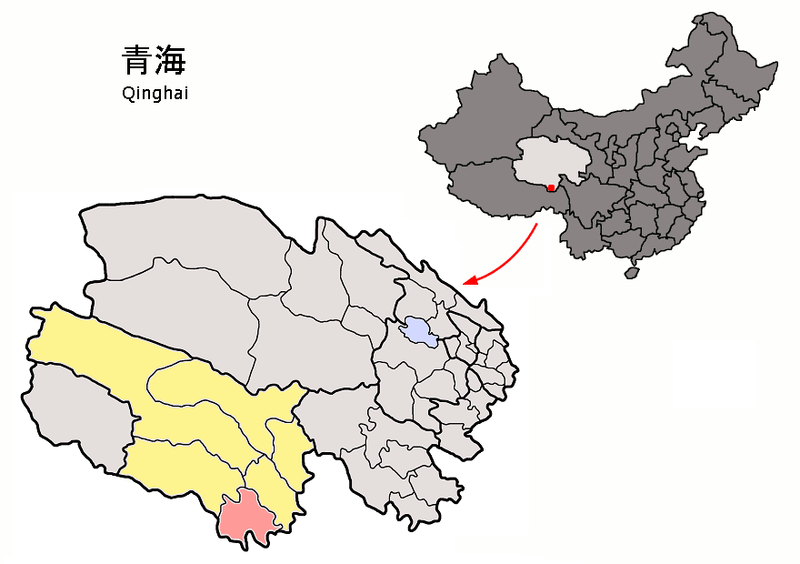
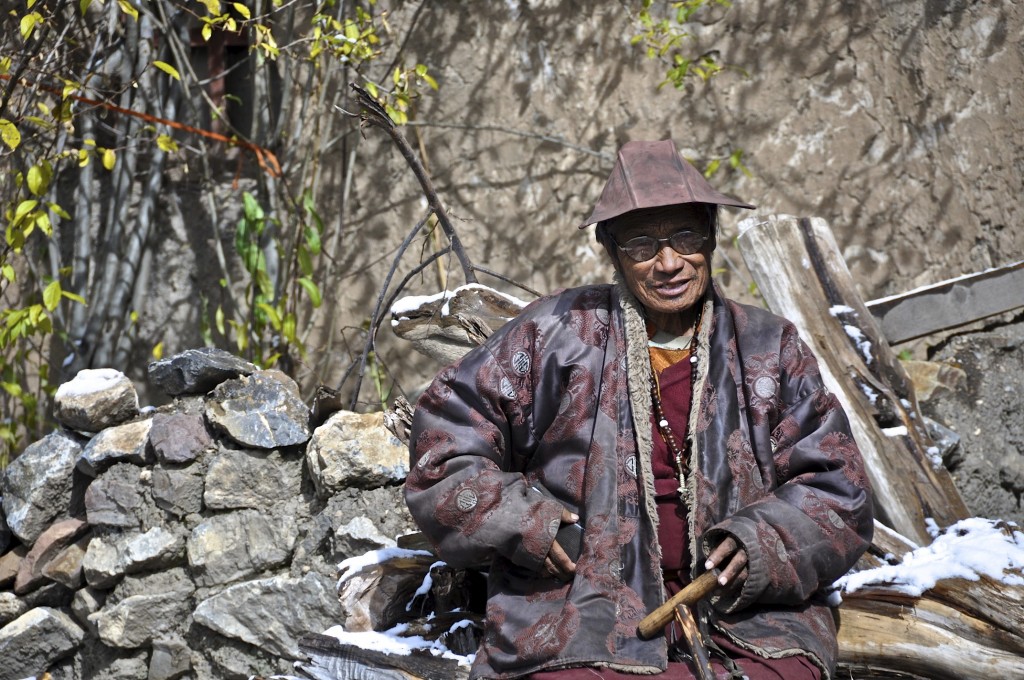
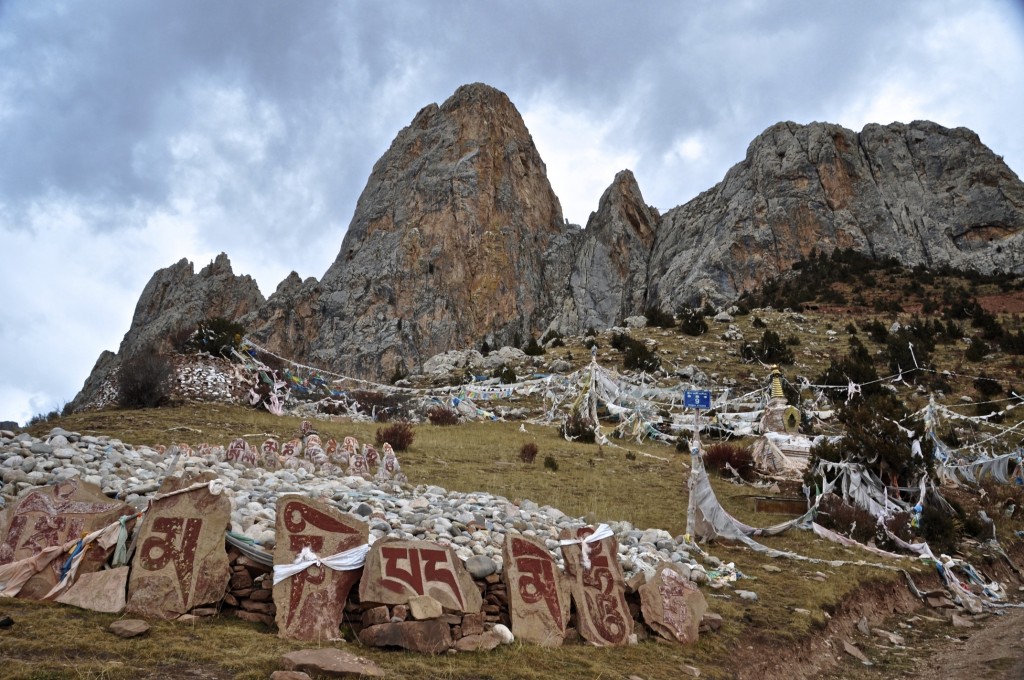
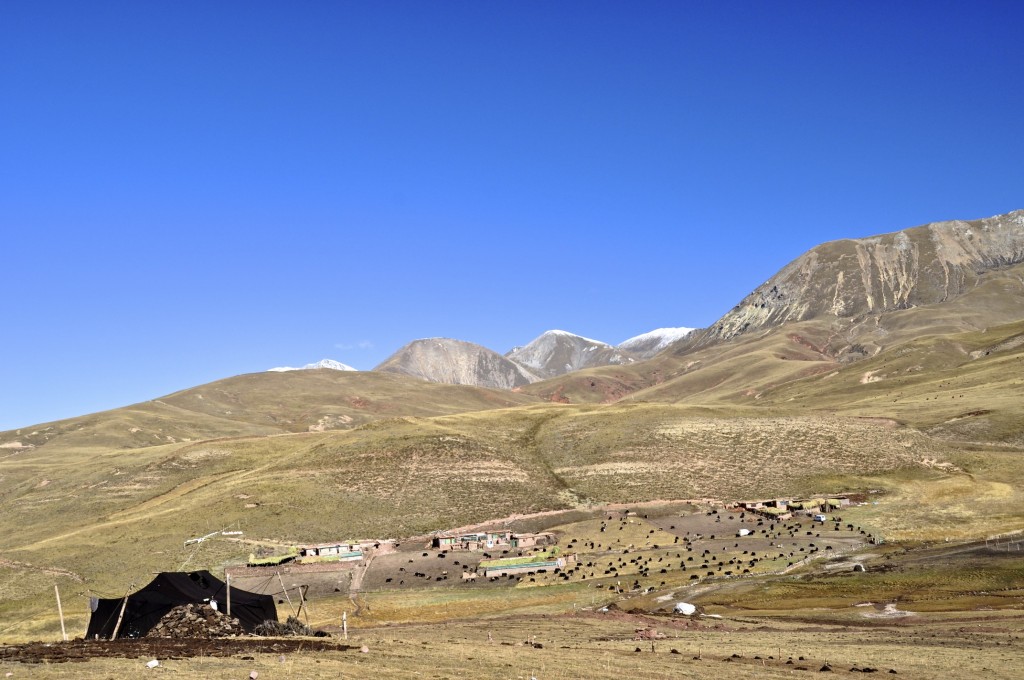
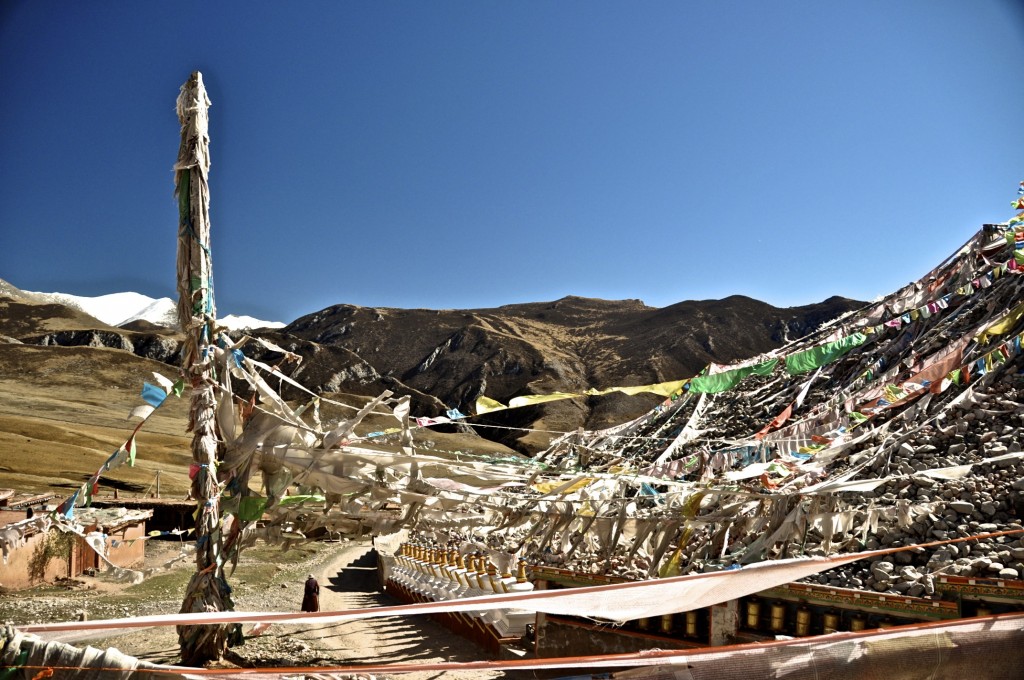
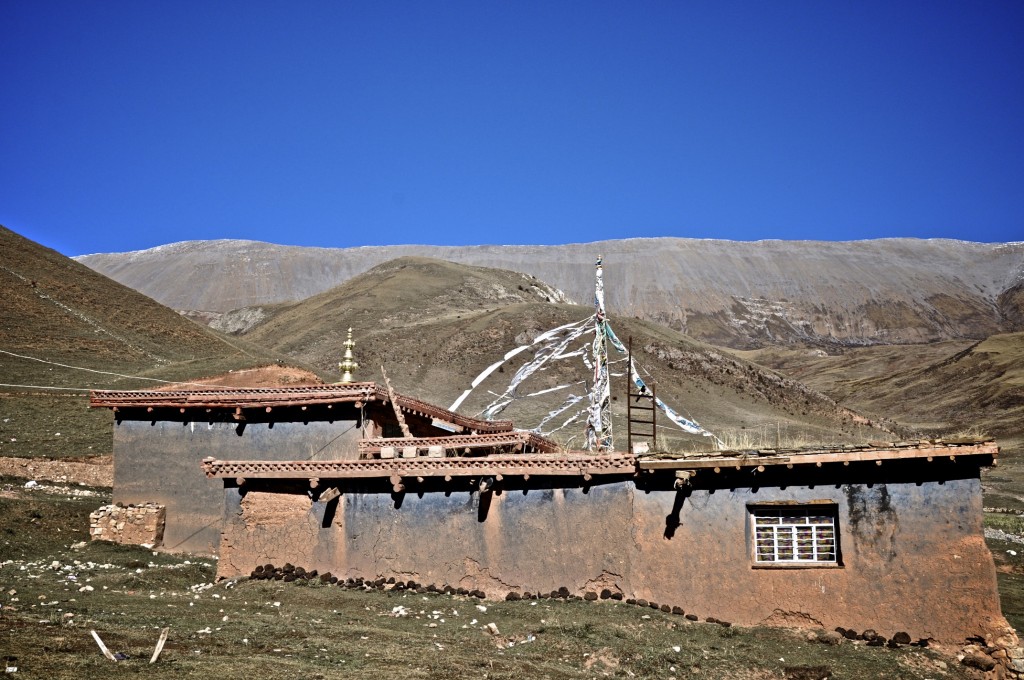
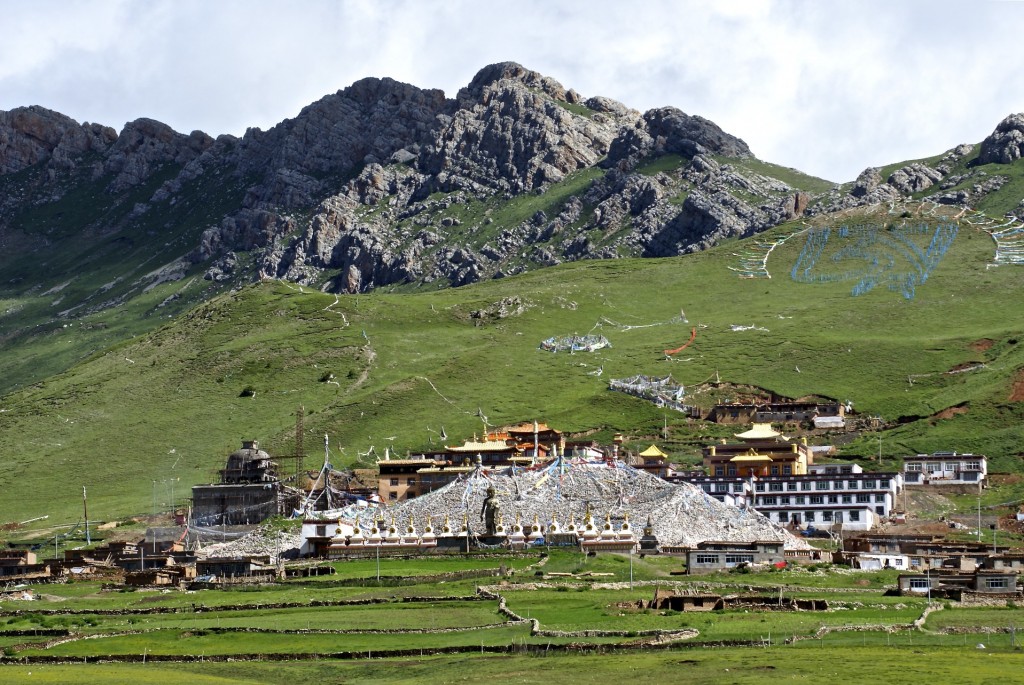
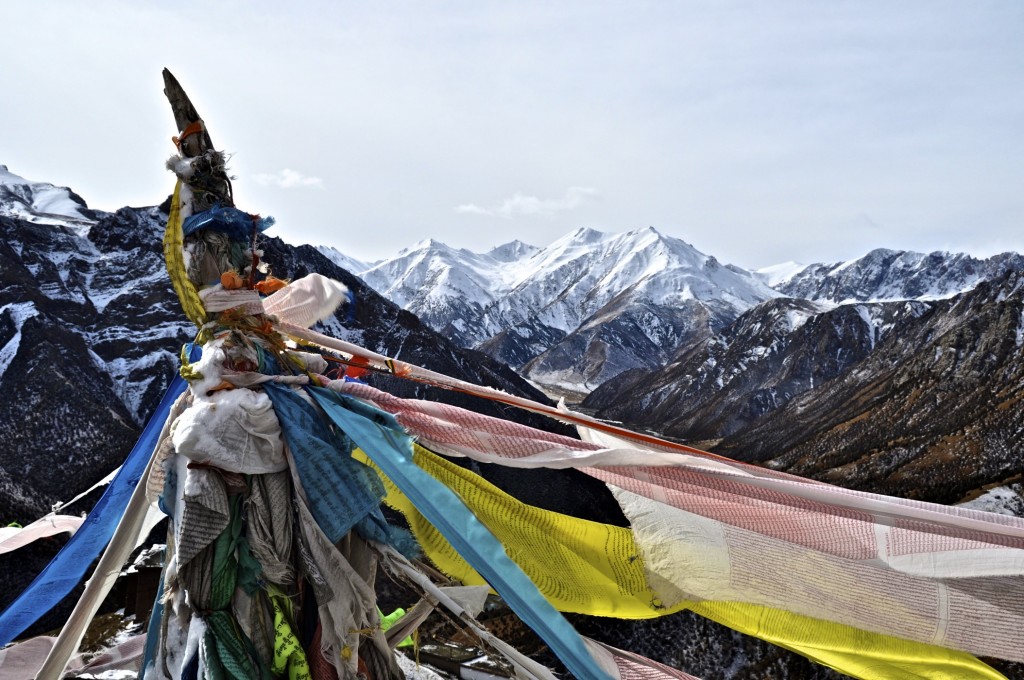
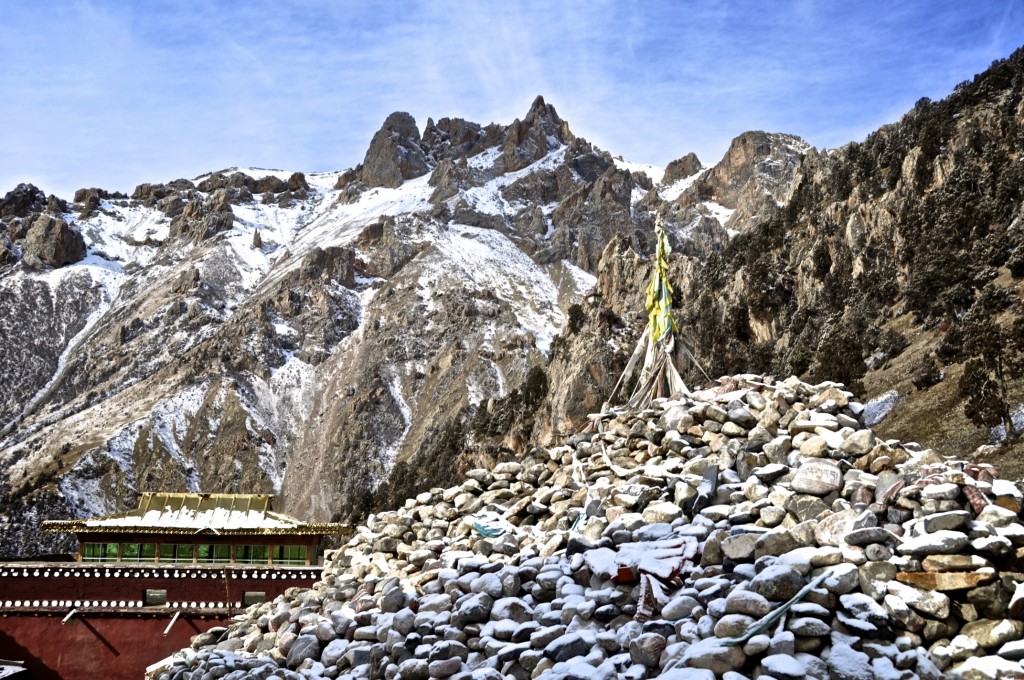
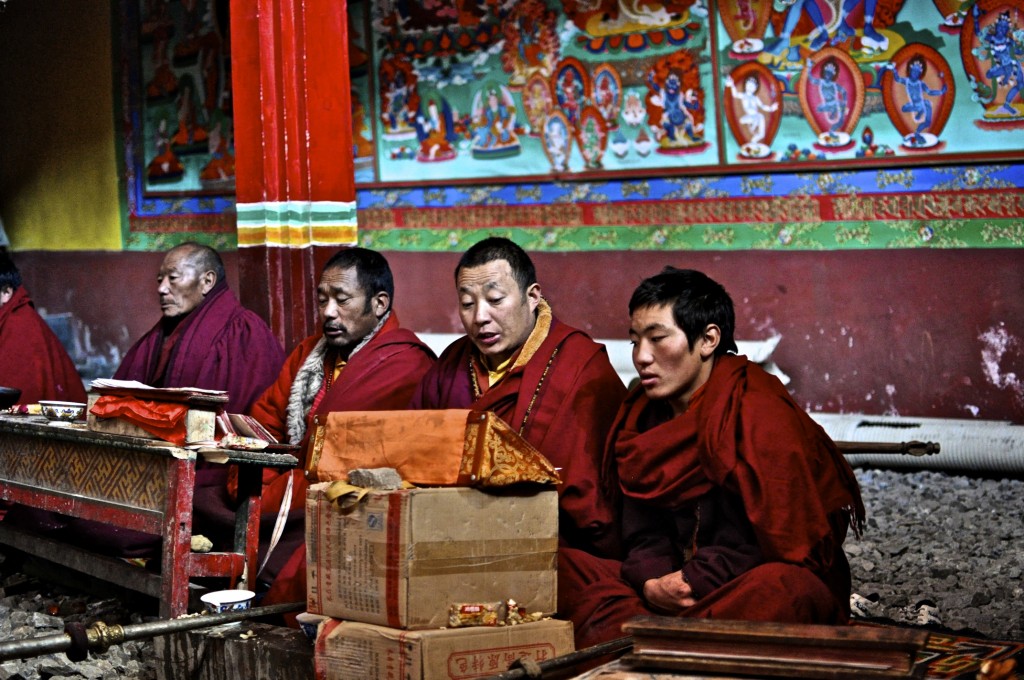
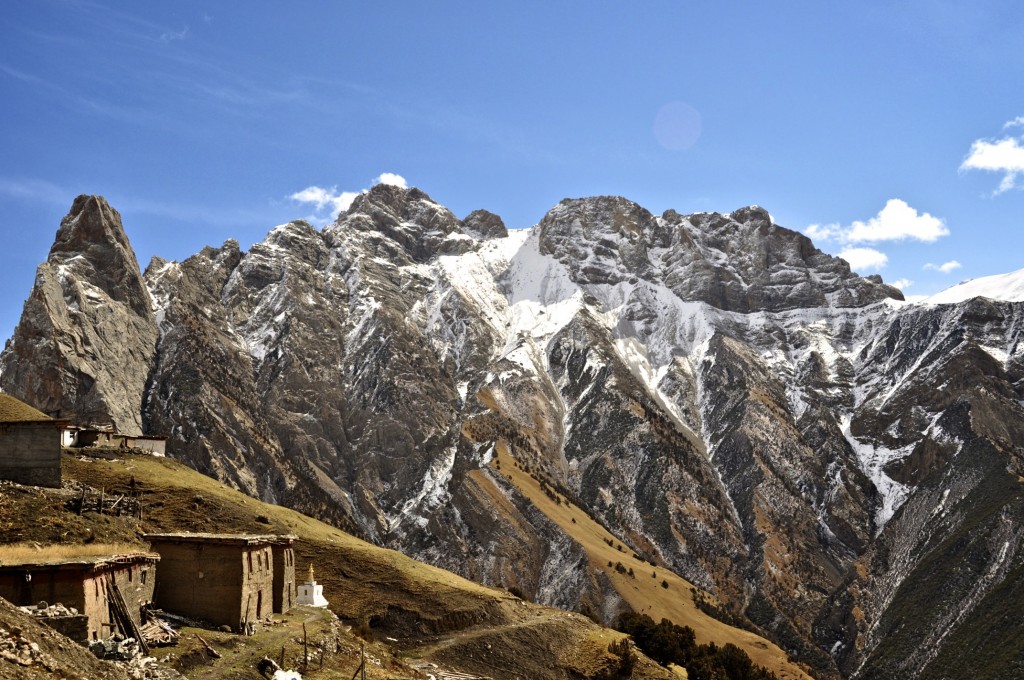
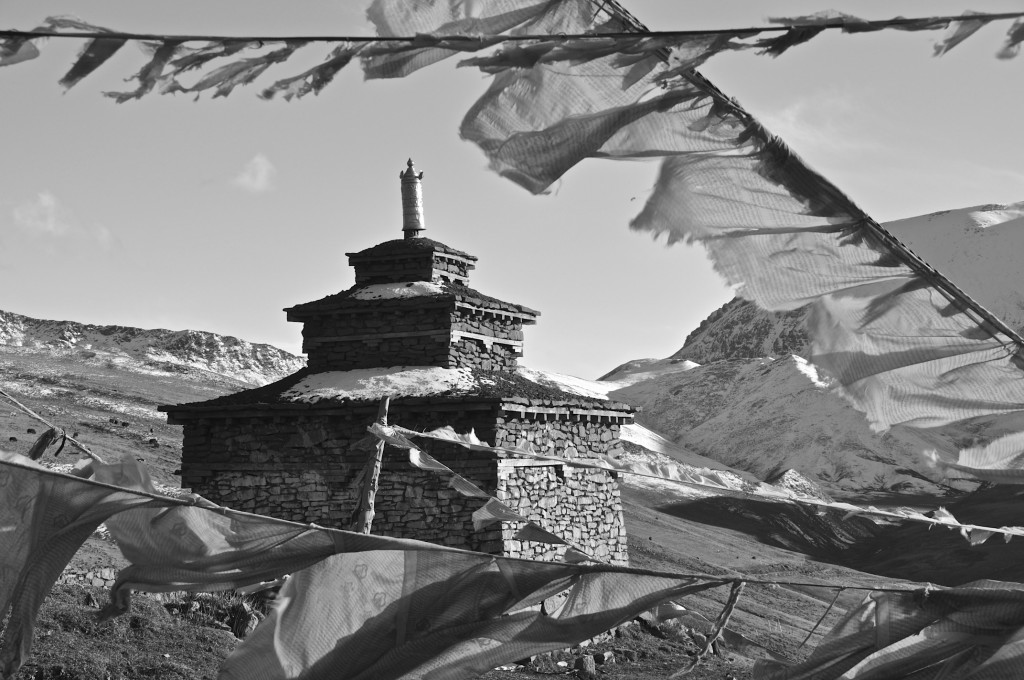
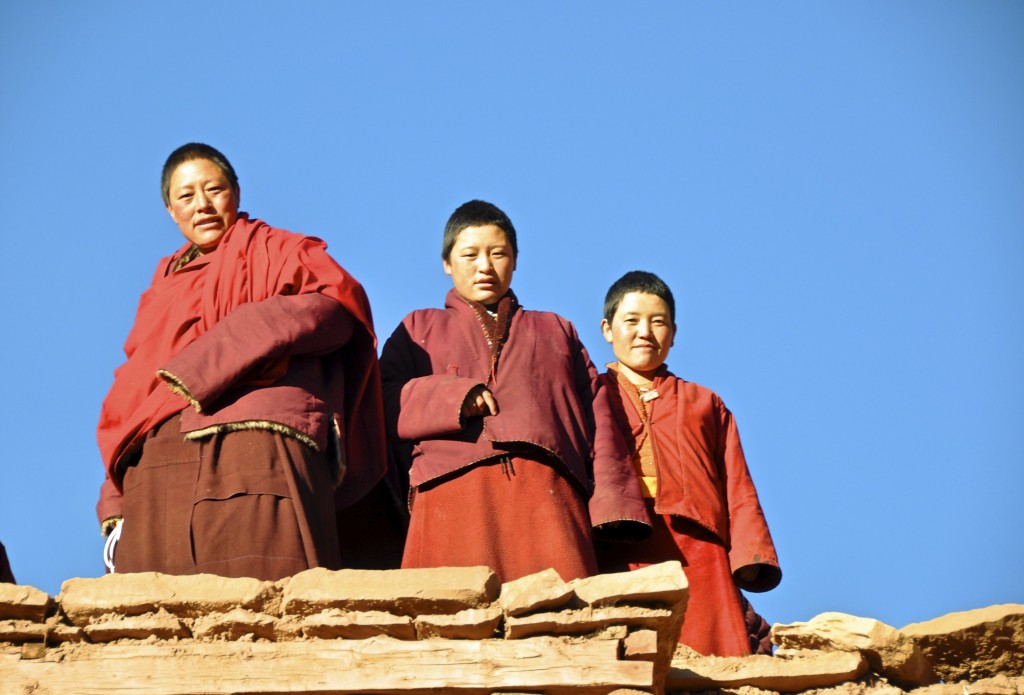
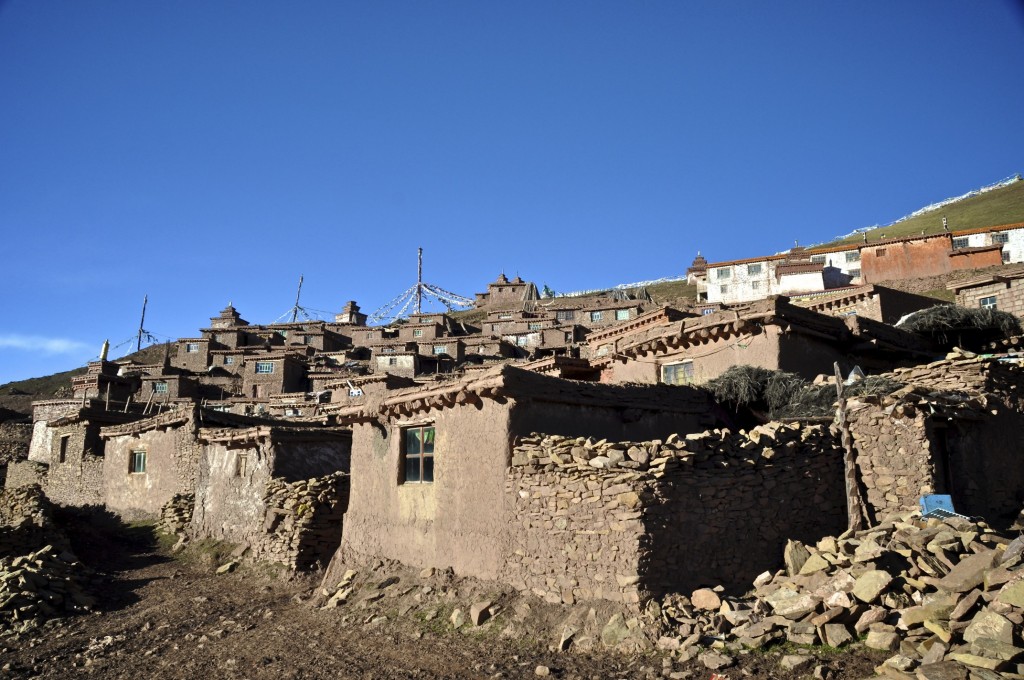
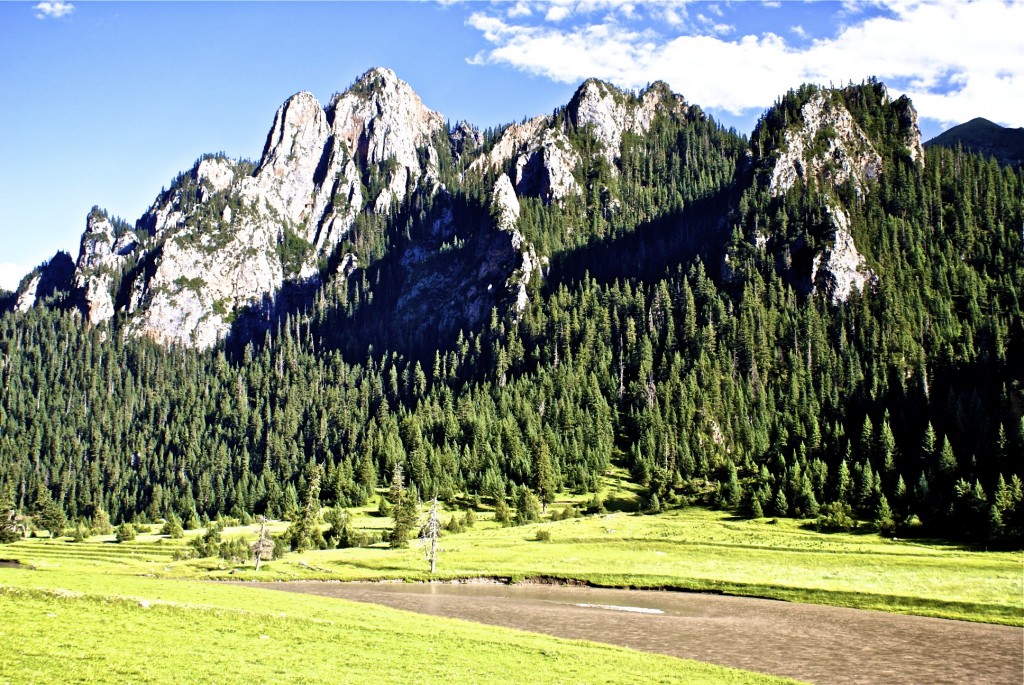
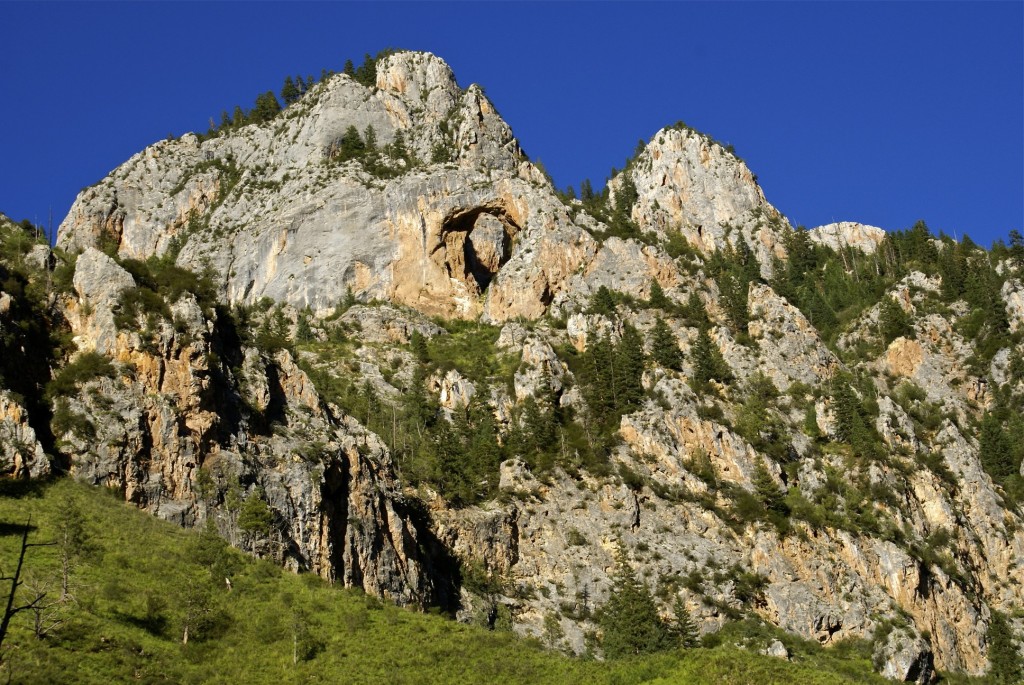
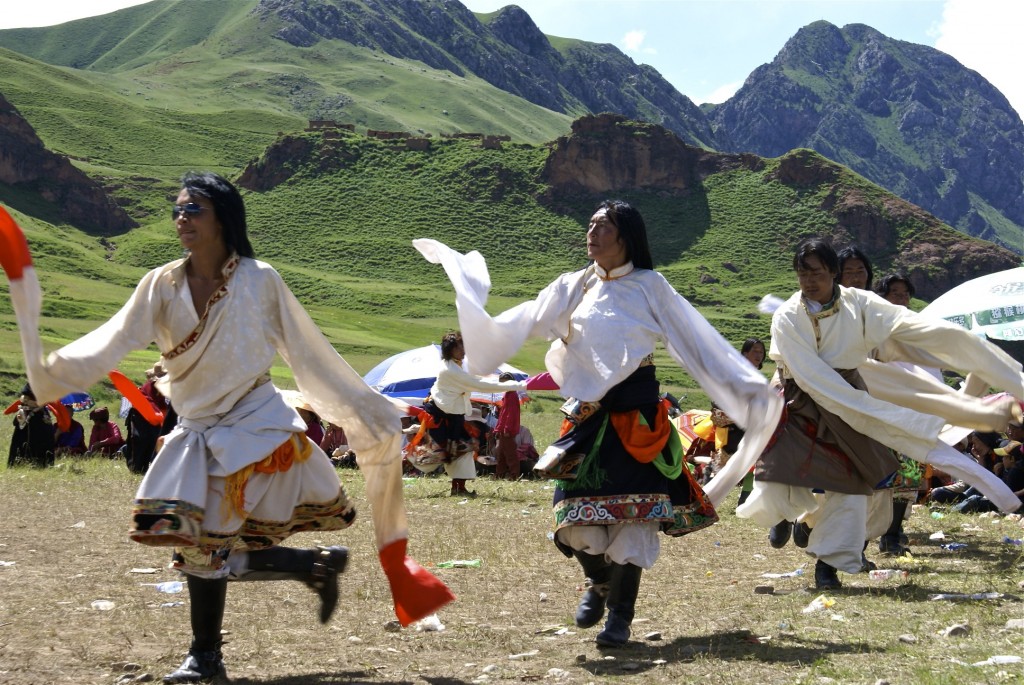
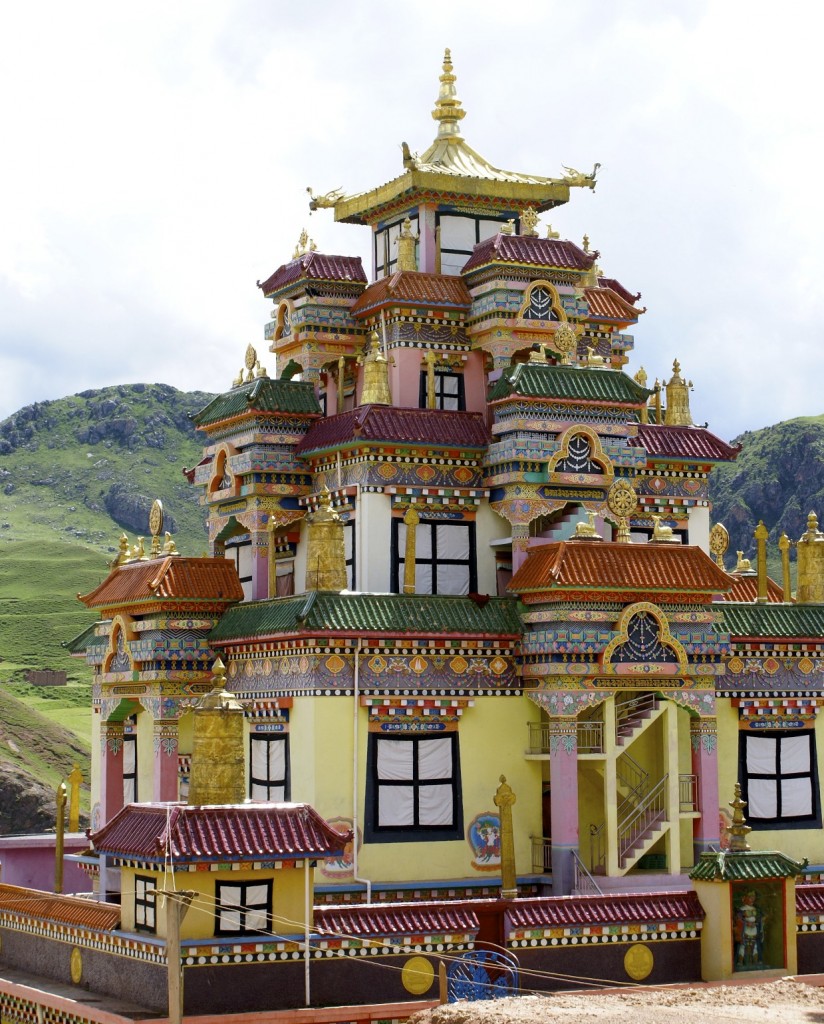
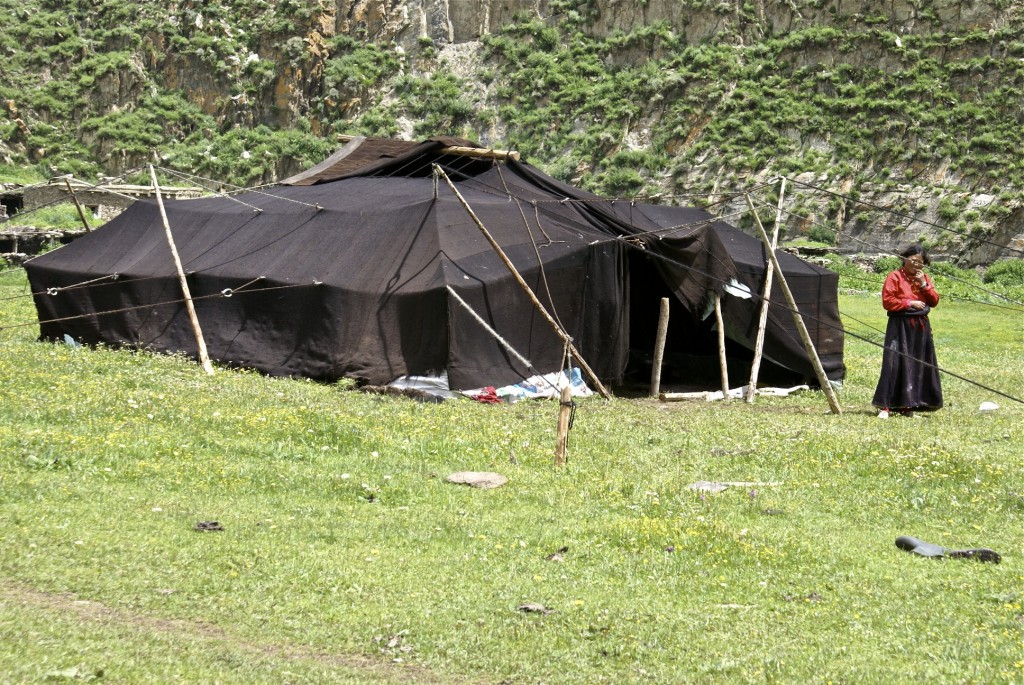
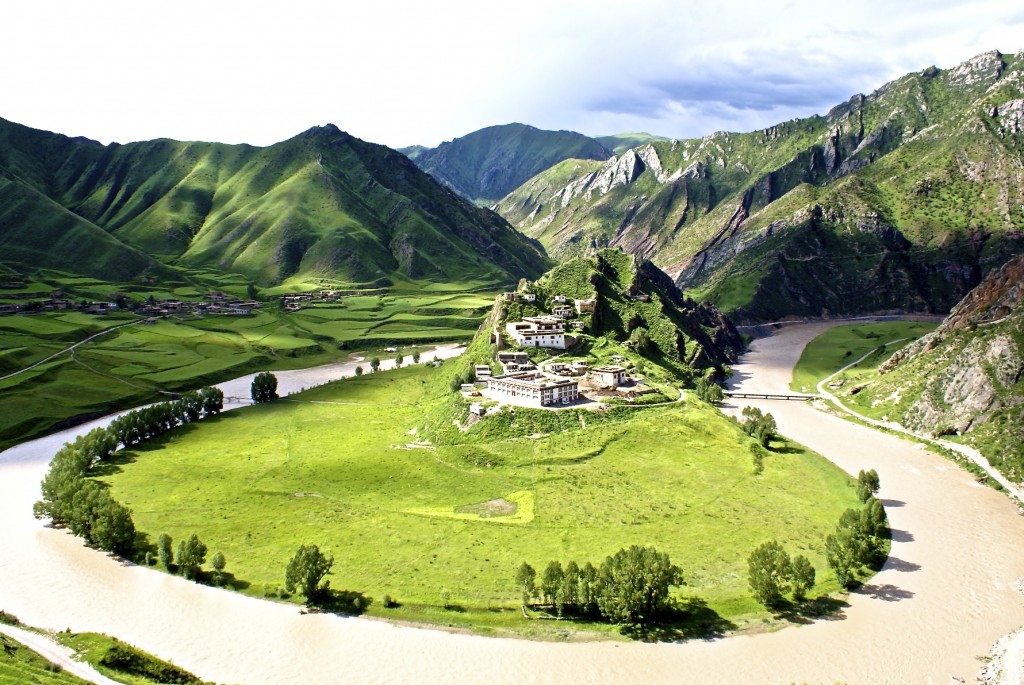
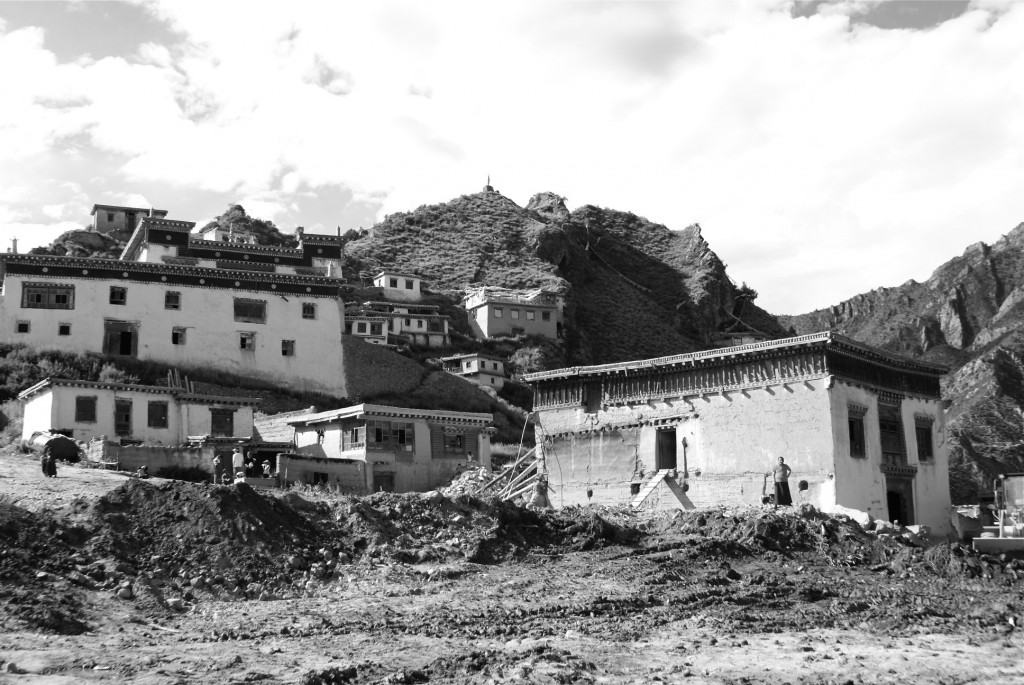
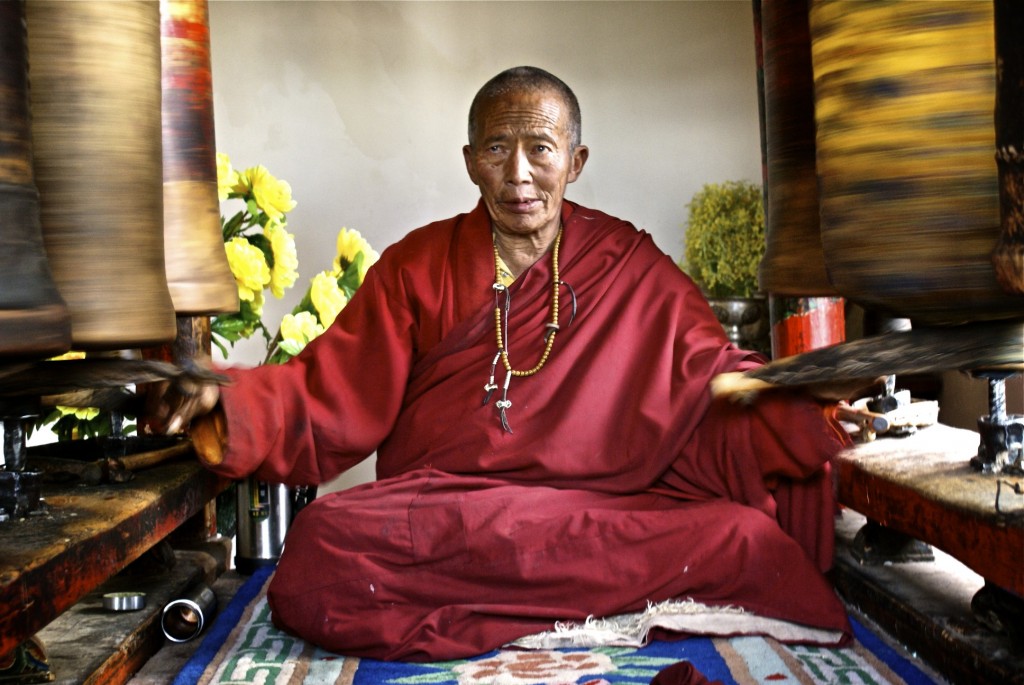
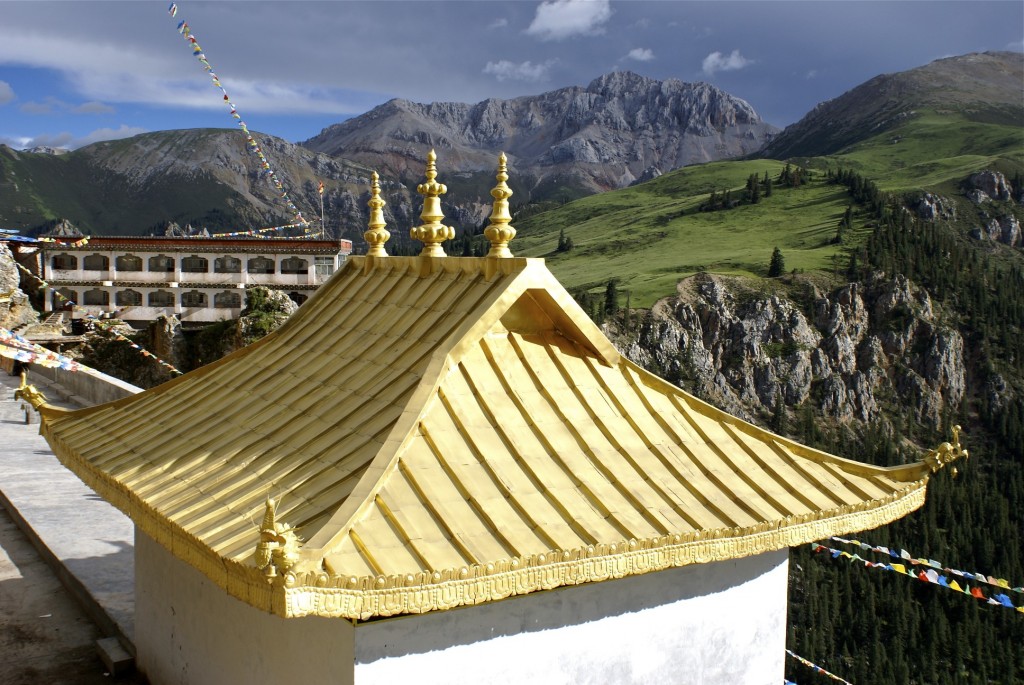
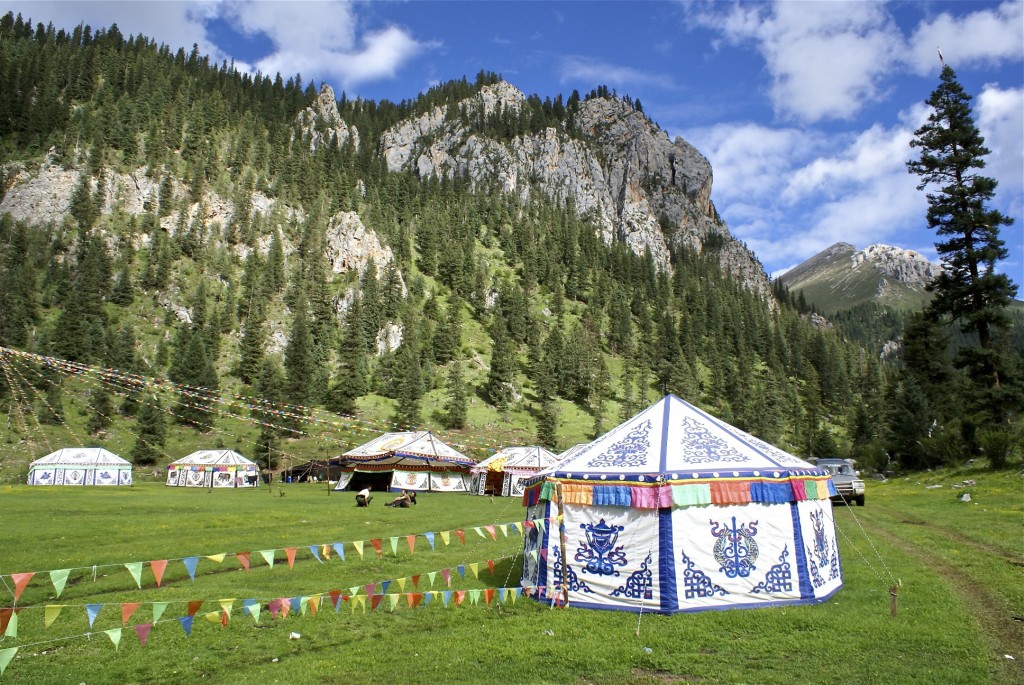
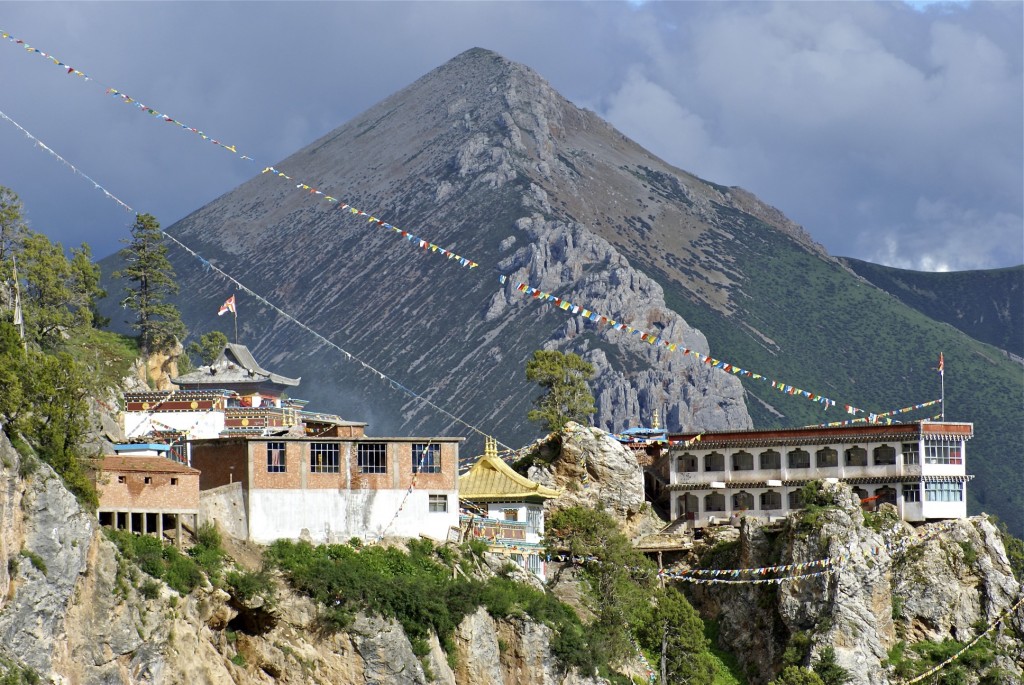
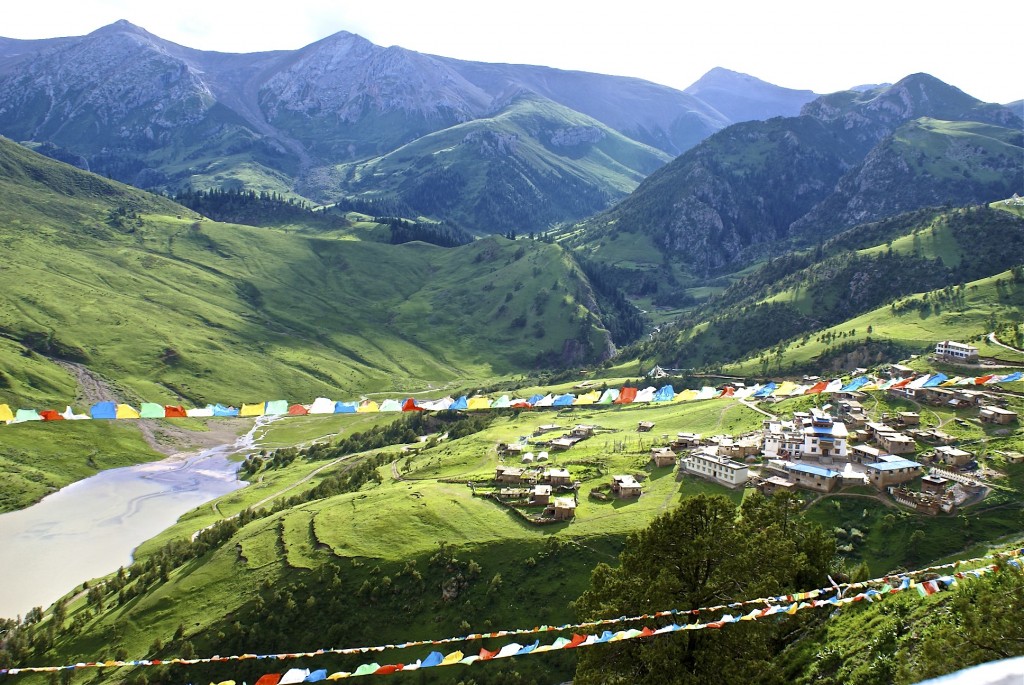
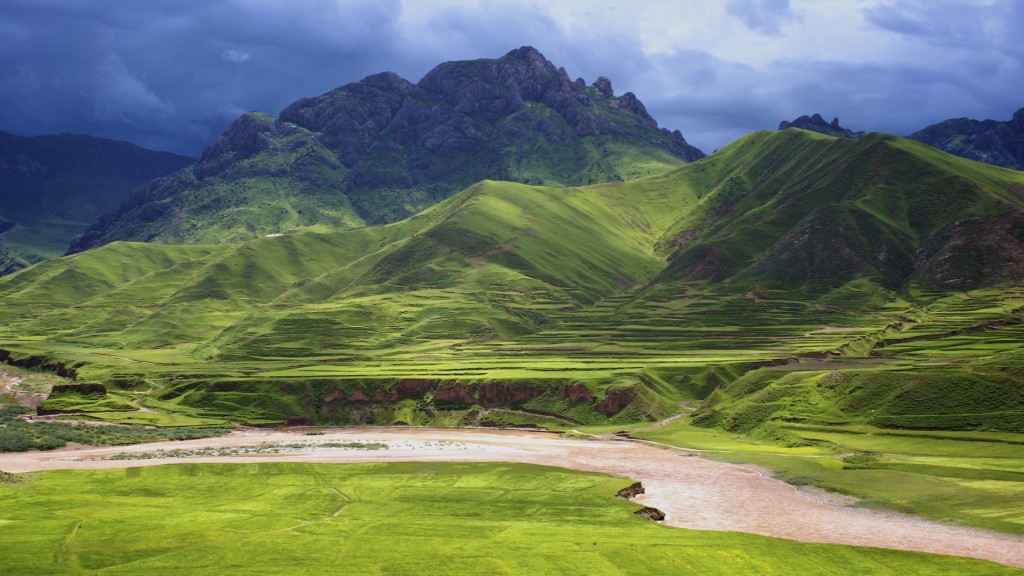
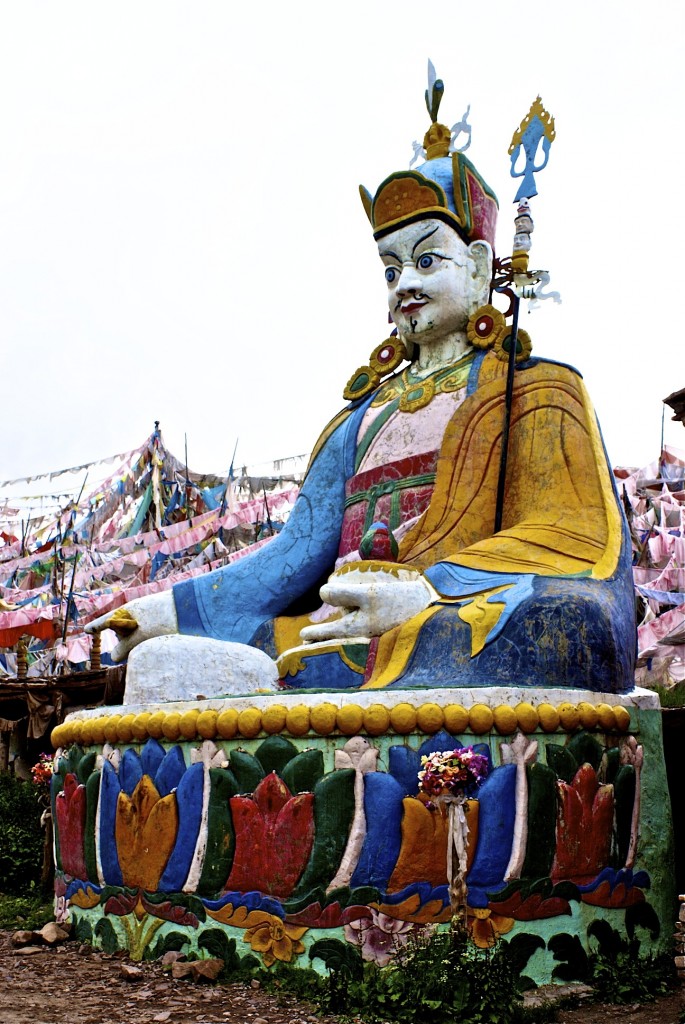
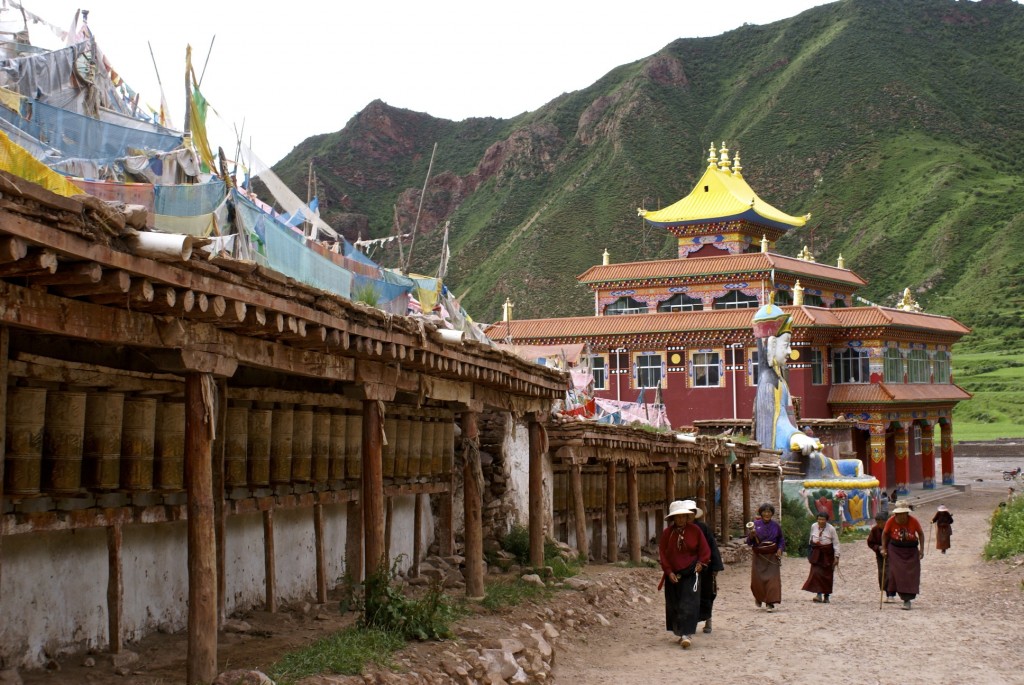
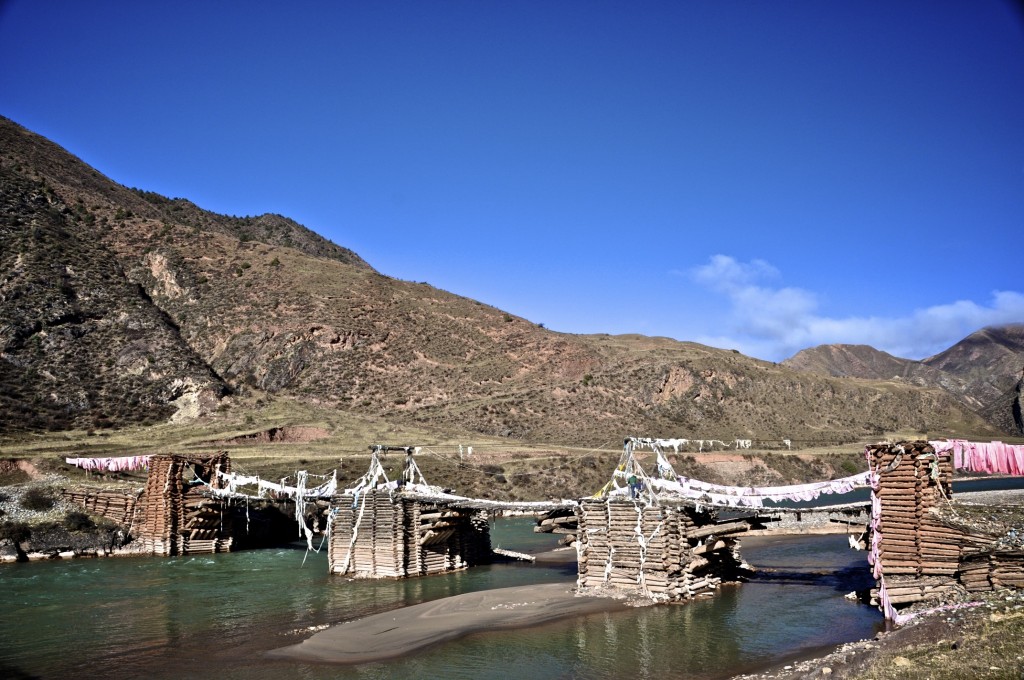
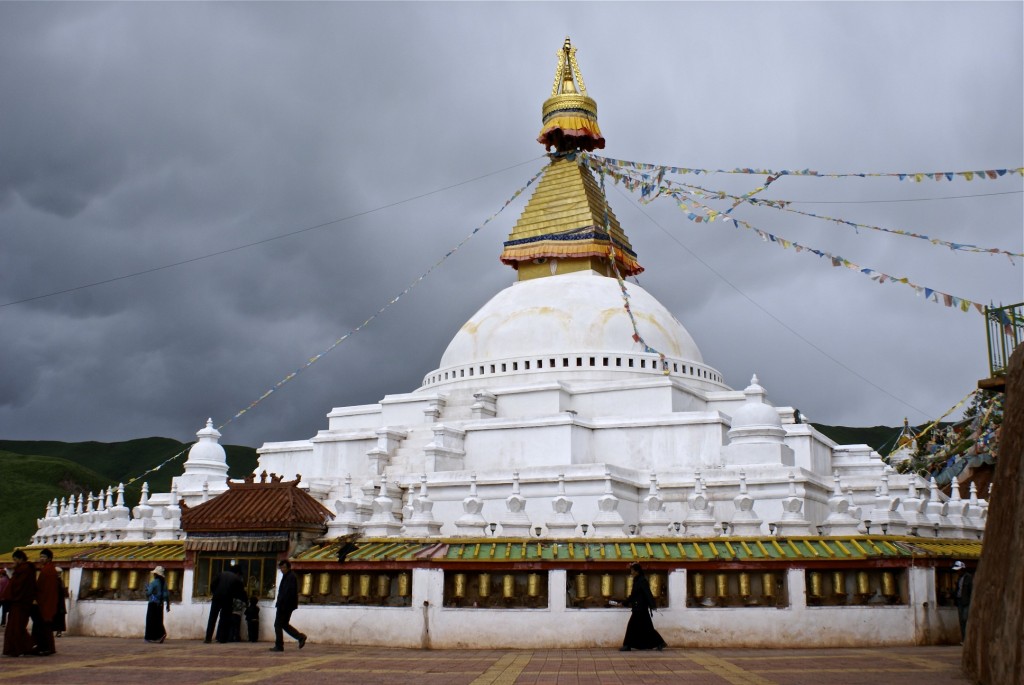
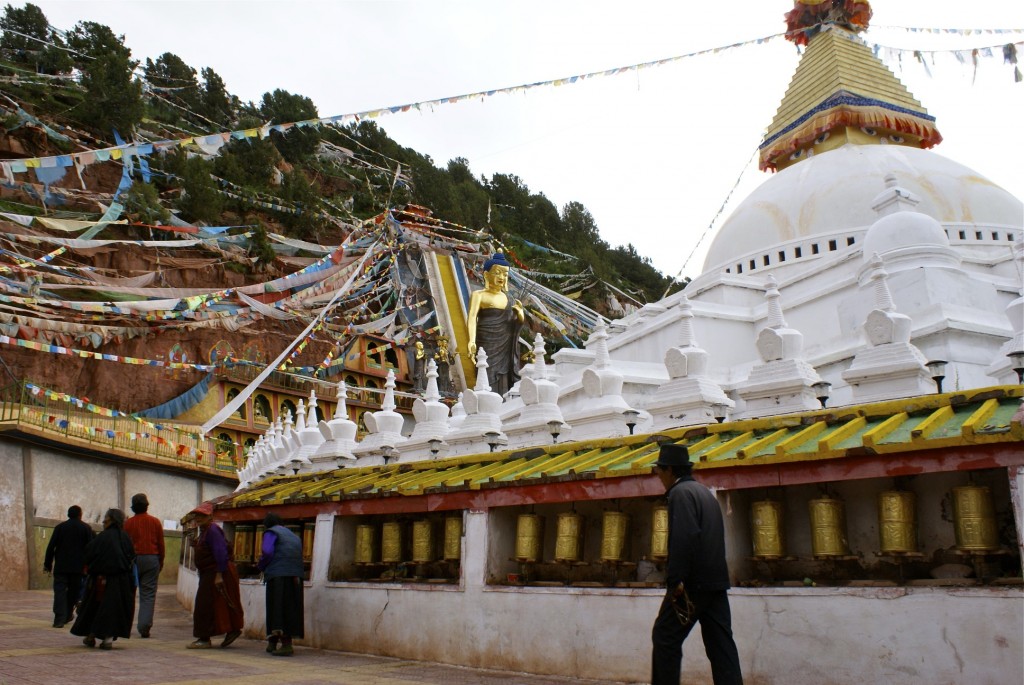
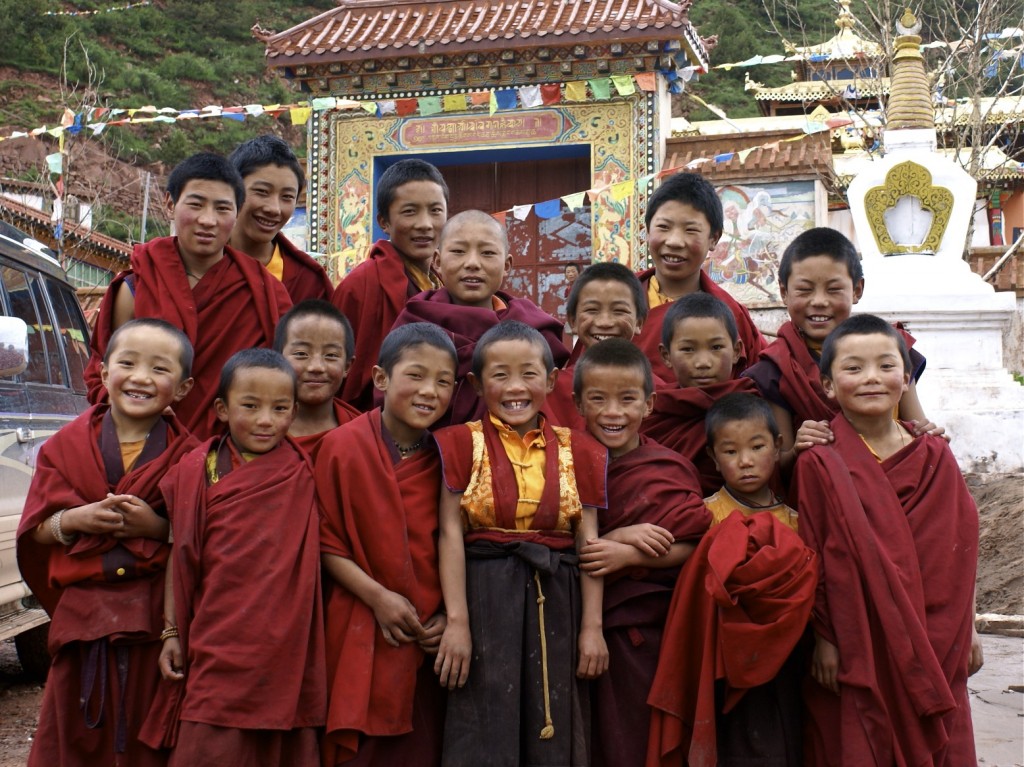
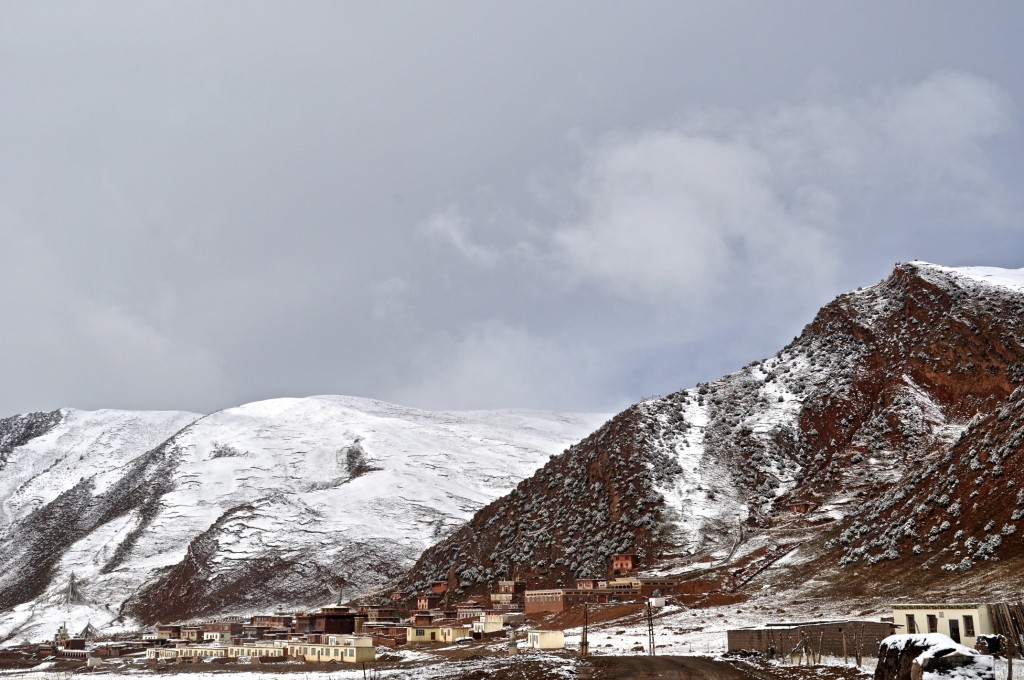
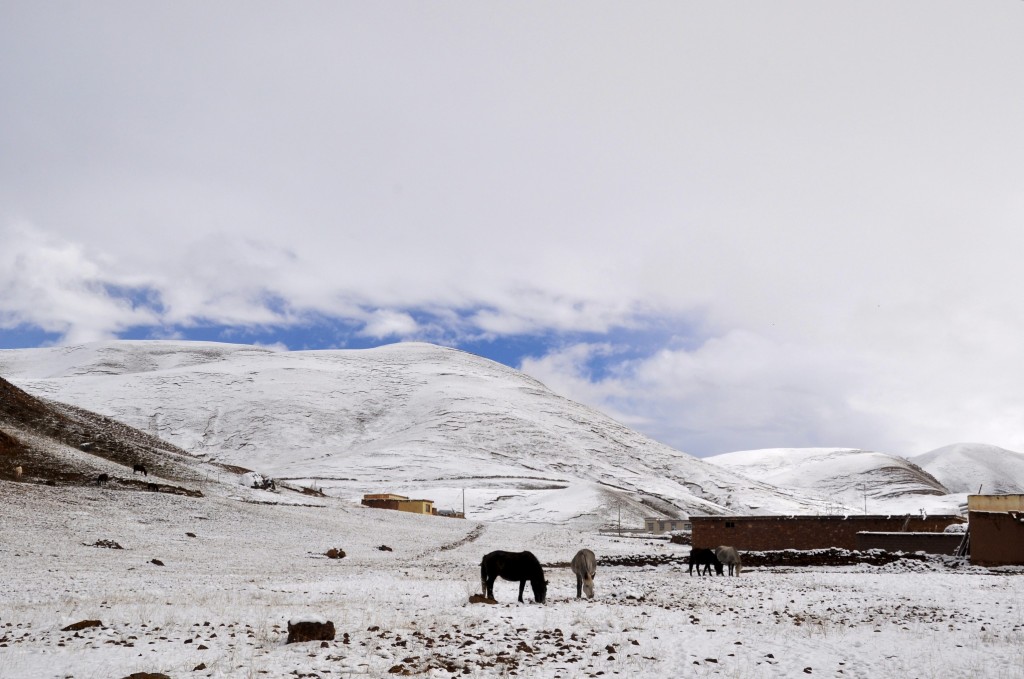
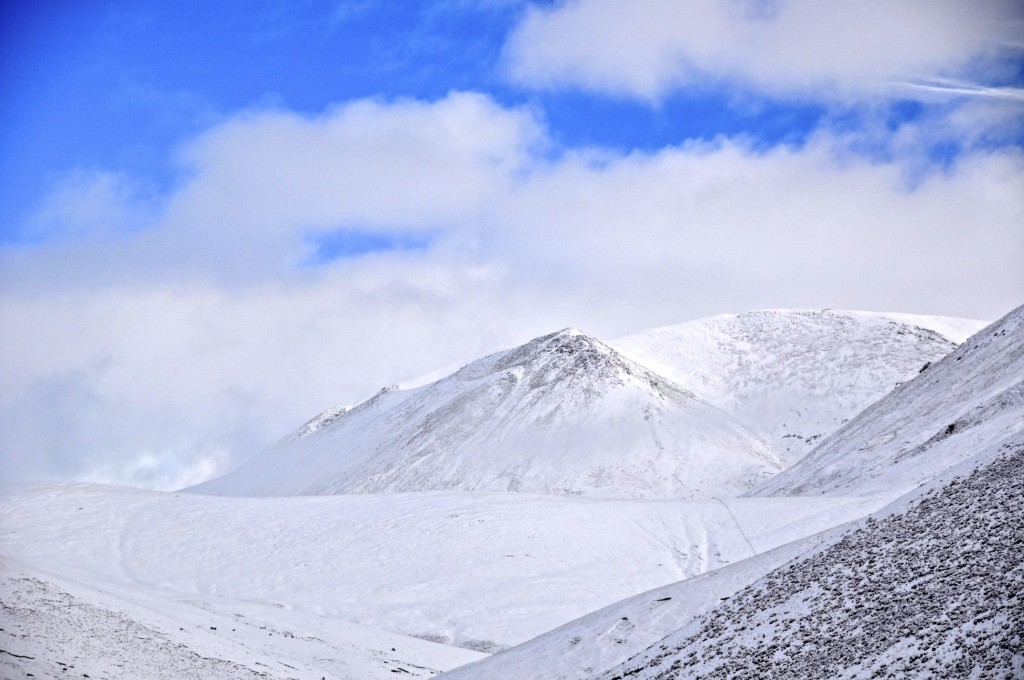
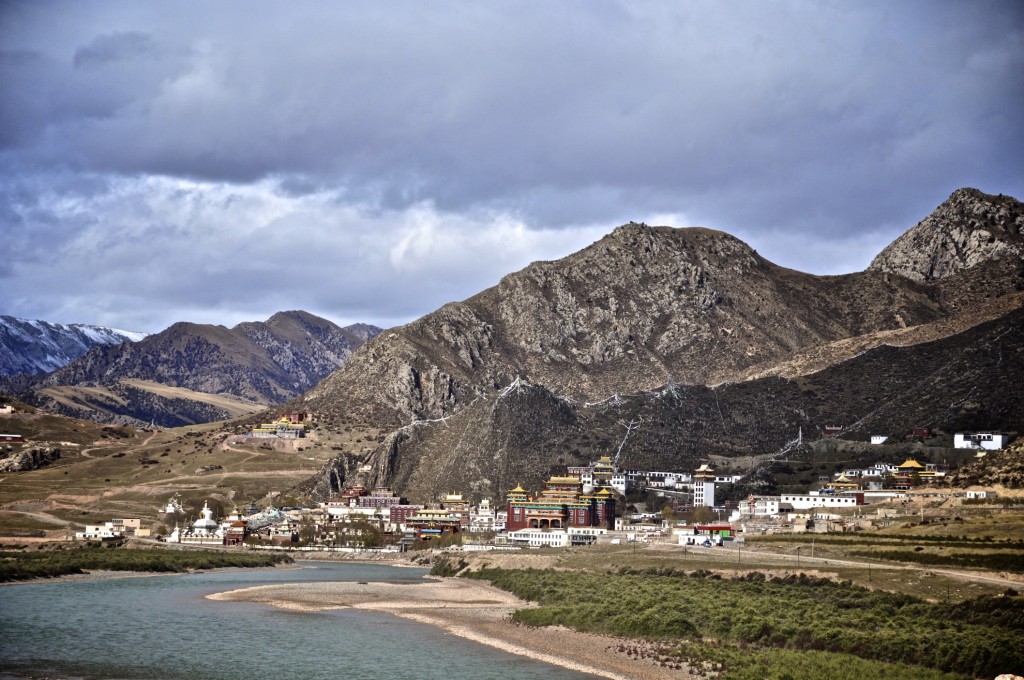
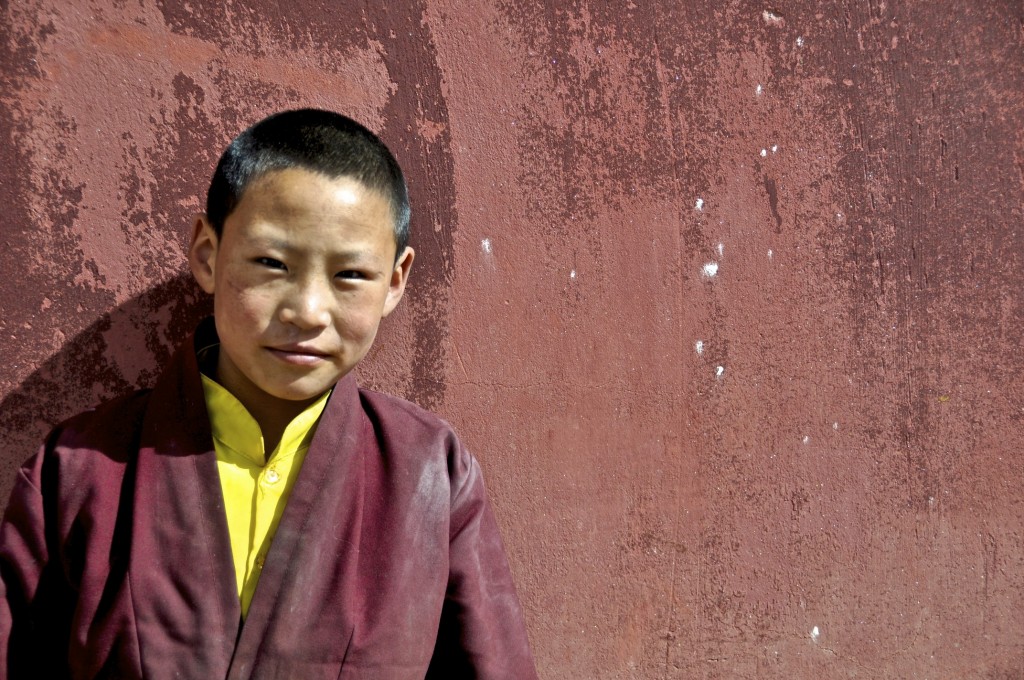
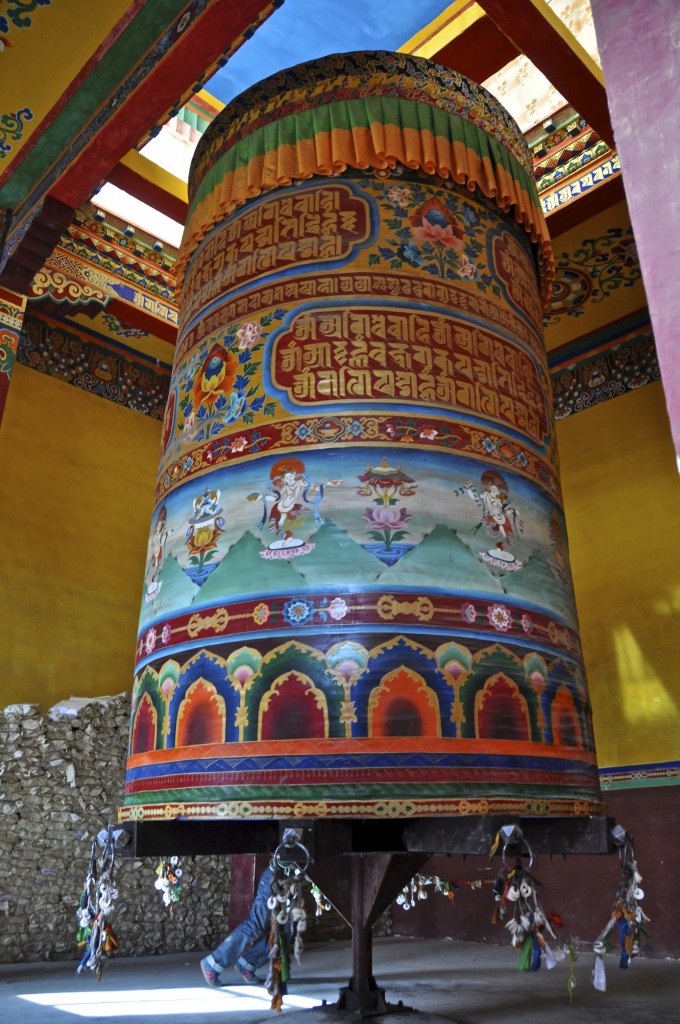
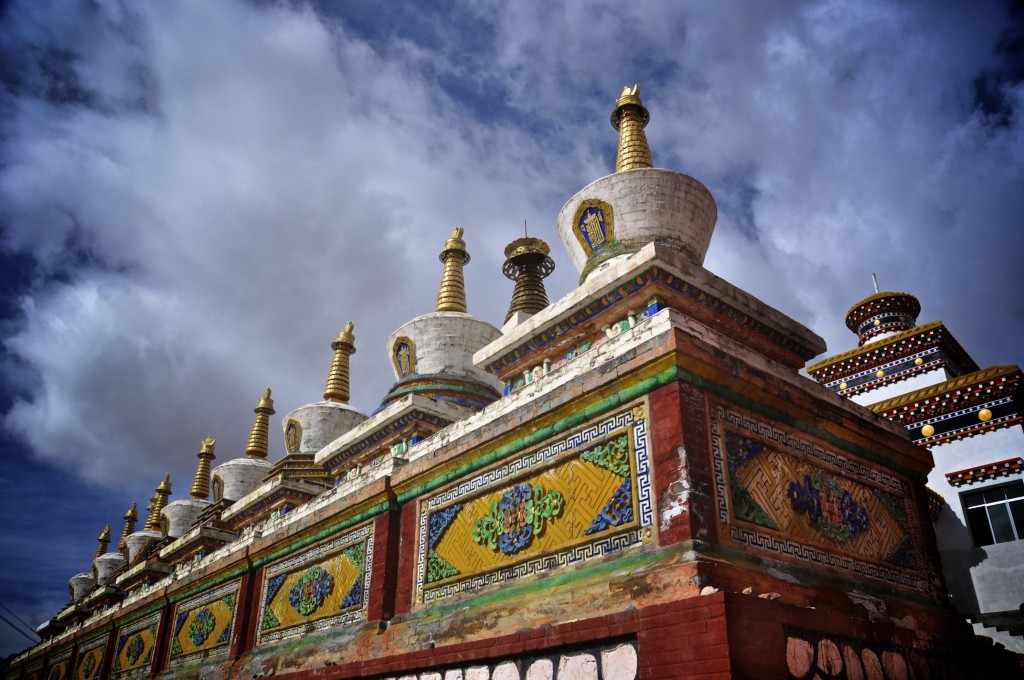
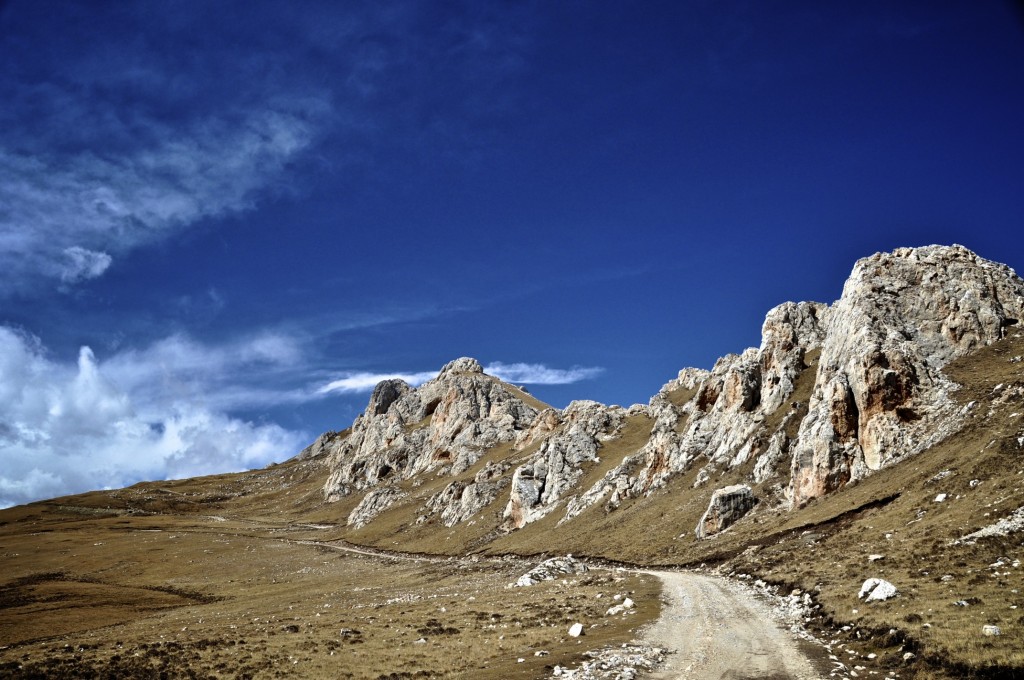
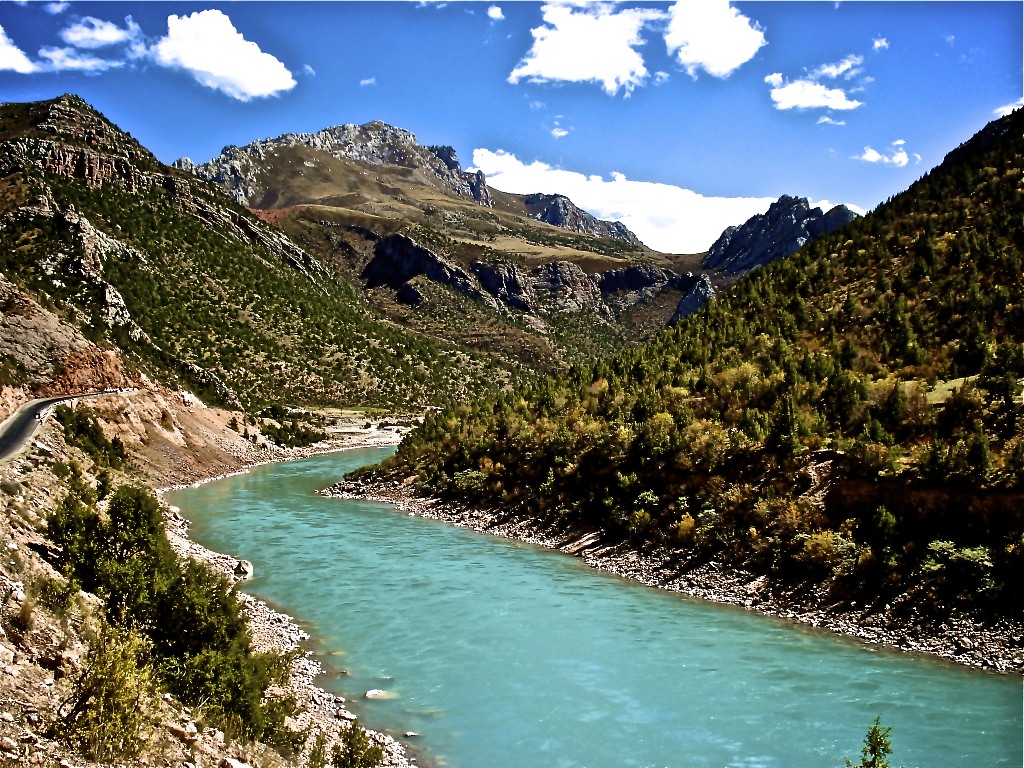
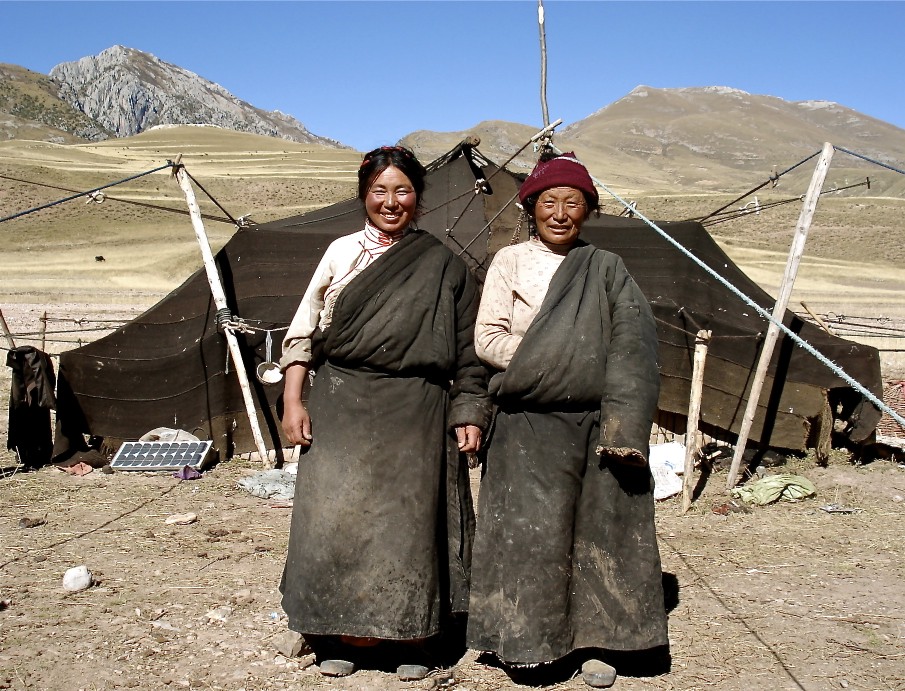
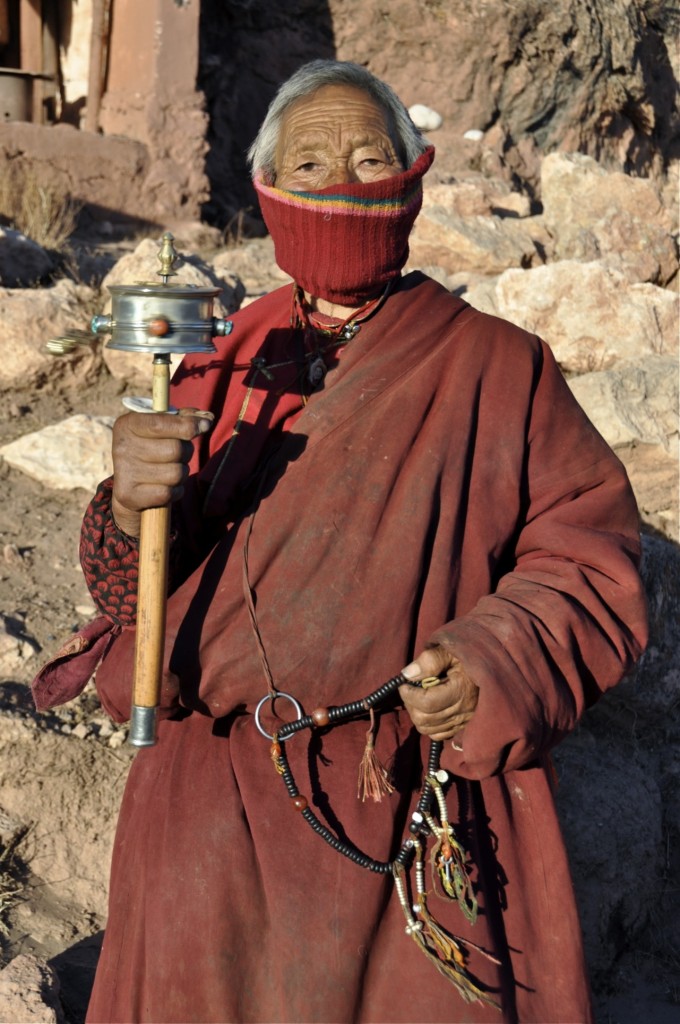
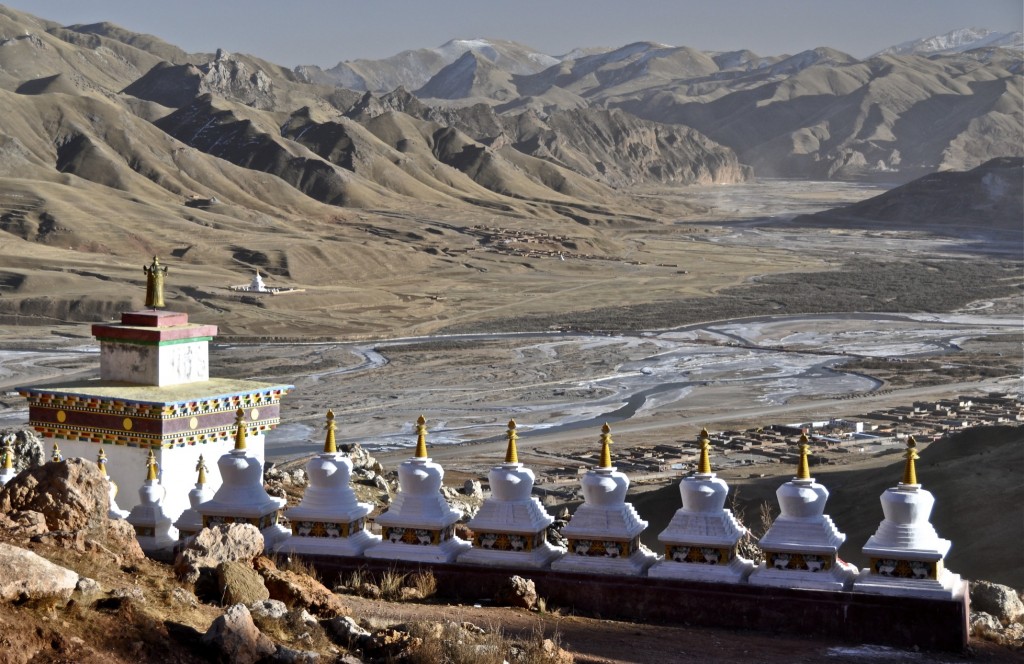
What an adventure, but I can’t say “I wish I were there!” It is an experience for the youthful, and I think it is remarkable that you are adventuring out into this fascinating world. Keep safe.
Its like you read my mind! You appear to know so much about this, like you wrote the book in it or something. I think that you could do with some pics to drive the message home a bit, but other than that, this is wonderful blog. A fantastic read. I will definitely be back.
Hello Lobsang,
you say “Shared mini-van taxi’s go to some of these townships everyday from Sharnda”, what about Jinisai, Jiqu, Baizha and Xiao Sumang?
Is there minivan going to these destinations from Xiangda?
I am not sure to be able to make it in motocycle this year…
If there are no mini van, do you thinnk it’s possible to hitch hike?
Thanks
Matthieu
From Sharda, you can take a shared mini-van taxi to Jinisai, Jichu (Jiqu), Modrong (Maozhuang), Becha (Baizha) and other small towns in Nangchen county. These vans leave when full or you can rent out the van for yourself. In this region of Tibet, hitch-hiking is fine, but you should offer money to the driver.
Hi Lobsang, I have been working on Garchen Rinpoche’s biography since 2013 http://www.garchenbiography.net. Garchen Rinpoche is one of the three Rinpoches of the Gar Gon Monastery in Nangchen. I’ve seen many photos of Gar Gon but you have some of the most beautiful ones, and I truly wish to request your permission to use some of those photos for Garchen Rinpoche’s biography books. I hope to hear from you soon. Thank you so much for all your wonderful efforts.
Sadhu! Excellent!! Thank you!!! Nangchen, i hope to see you soon next month.
Dear Lobsang, may i contact you by email or only here? i am planning to come to the Gebchak Nunnery for practice and getting instructions from Rinpoche. Have i so many questions, visa, travel by air, land, language, ect. for i knew nothing.
Seeing your website made me sure now about coming to Nangchen w/ hope to stay 4 awhile!!
It is best to email me your questions. I check my email nearly daily.
Losang
emailed you earlier today but actually we want to travel to Gechak gompa, am I right in thinking that we travel initially to Sharnda by bus from Jyekundo then can arrange to travel on from there? Is it possible to hire a translator in Sharnda and a van?? Is the last trip to Gechak off road? someone said a horse ride? looking forward to yr reply, Love your photos, kind regards, Pia
Pia….Gechak is very remote and is not easy to get to. To get there, you can take a bus from Xining to Nangchen (Sharda) or you can take a bus from Xining to Jyekundo and then take a shared mini-van taxi to Nangchen (Sharda).
From Sharda, it is quite difficult to get to Gechak Nunnery because the last 40 kilometers there, the road is extremely bad and rough. Most drivers in Sharda will not want to take their vehicles on this rough road. You can ask if some of the mini-van drivers will take you, but many will say no unless you are willing to pay a lot.
There are very few English speakers in Sharda. It is best to find a local Kham Tibetan from this region in Xining. There are several guides from this region who speak English well who live in Xining.
Losang
Thank you Losang, My plans are now firming up, and me and my daughter definitely are hoping to come to Nangchen in July 2014. We are wary of the altitude so I have planned a provisional itinerary which allows us to slowly acclimatise to the altitude. If I can share that with you maybe you could make comments? Also sounds like good idea to pick up a guide in Xining, how much would that be likely to cost?
Fly to Chengdu, stay 1 night
Train to Xining, stay 1-2 nights
Bus to Guide, stay 3-4 nights
bus to xining, stay 1 night
bus or van to gonghe, stay 1-2 nights
?van to daotanghe stay 1-2 nights
bus or van to Yushu/Jyekundo stay maybe 2 nights
van to Sharnda, stay 1-2 nights
try to arrange jeep or horse travel to Gechak Gompa
stay here for 1-2 weeks or see if possible to visit some of the other nunneries nearby either on foot or by horse
Back to Sharnda somehow
travel sharnda to Jyekundu by van-stay ?1 night
Bus Jyekundu to Xining, stay 1 night or 2
Train to chengdu, stay 1 night
Fly home
If we got ourselves a guide, at which point in the itinerary would we need to do this do you think?
Looking forward to hearing from you
Pia
Hey Pia,
I would like to hear more details about your trip in 2014 as I want to visit the area this summer. Can we get in touch?
Doreeneismann@aikq.de
Cheers
Doreen
sorry-one more question- is there a problem getting around and getting accommodation in the area if we arrive close to the horse fair in Jyekundo?
pia
Hi Lobsang,
Can you give me direction how to take public transport from Yushu to Gaden monastery, this monastery looks amazingly located
Sorry…There is no public transportation from Jyekundo (Yushu) to Gaden Monastery. You will have to hire a private vehicle in Jyekundo or Nangchen to take you. There are many mini-van taxis in both towns that can take you.
Lobsang
Thank you Lobsang for your commentaries and beautiful photos,
Do you have experience of Dhoshul district where lies Gochen monastery and most importantly the sacred mountain of Jowo Zegyal? Do you know exactly where it is and whether it is possible to get there from Sharnda? I presume there is no accommodation there but would a foreigner on his own be safe to camp there?
Once again, thank you for your time
Best wishes Robert
Dear Lobsang,
If I start from Golog to visit Gar monastery in Nangchen, what should I do?
I have tourist visa 15 days.
Tks
We just came back to sharnda from gar monastery. Tomorrow the 25th July will be a vehicle going to gargon back if you are in the area. it is possible to stay at the school where the lower monastery is. You can contact me (kfir) in khambra hotel for more information.
Hi just wanted to share some information on traveling in the amazing Nangqen. My friend and I just came back from an 8 day trip there. We arranged a driver to pick us up from the airport and drive us straight to Nangqen. From here we arranged trips to other monasteries. Sarnda is not a very nice place to stay but it does have some good restaurants.
Sharnda – Gar Monastery, 2,5 hours and both road and gravel path or in pretty good conditions. We camped in the hills above the monastery and woke up with yaks and Tibetan antelopes around us. The green slopes which turn into more rugged mountains are perfect for hiking. We didn’t spot any wild dogs in the area.
Sharnda – Dana Monastery, 6-8 hours, first 2 hours perfect new road, the rest dirt paths and mud. Best not to travel here on a rainy day. The whole ride is amazing though and don’t forget to stop at the Raza Zhongo monastery situated on a mountain top looking down on the Mekong river. At Dana you can climb to the 3 holy pagodas which is quite a steep climb. Bring a local kid who can show you how to run down some gravel slopes. After climbing go to the hotsprings, a 20 minute ride further in the valley. We stayed above the school at the Lama’s home. Would have loved to stay longer in this amazing valley surrounded by rugged mountains. Apparently there are wolves and bears here so be prepared when hiking out of the main valley.
If you take the effort to go here it would be nice to bring something for the 30 ish children at the school. Their diet is not very varied so I guess some food, the local dates (zhao / jujube) might be a good option. Vegetables too. They let you sleep and eat there for free so take that in mind.
Sharnda – Gaden Monastery – Jianxo forest – Yushu, one day trip. First part through Kamda pass is dirt road, other roads very good. The Kamda valley and mountain pass are gorgeous and full of wildlife. Gaden monastery looks great from the mountain / hill opposite. The best part of this day was actually Jianxi forest along the Dzi river. A clean river going through a forest surrounded by mountains. If you have time and camping gear with you this would be the best area to trek into one of the side valleys of the forest.
If you have any questions please reply and I will try to answer. We paid between 300 and 500 rmb per day for the driver and car depending on how far he had to drive and how bad the roads were. On non traveling days we didn’t have to pay him which was great. We had great non smoking, non phoning, non stop praying driver. Happy to share his contact in pm.
Cheers,
Jaap
Hi jaap,
We are now in Nangqen, could you please share the contact of your driver please? My mail: jfkeller (at) dplanet.ch
Hi Fred I am sorry I just saw your message. I did not receive a notification and just checked this website again. I hope you had a great time there!
Cheers,
Jaap
I plan to go to Nangchen next June. So could you please share the contact of your driver.
My mail mgyalo (at) gmail.com
Hi I send you an email regarding the driver. He doesn’t speak English. Just Tibetan and basic Chinese.
Cheers and enjoy!
Hi Jaap could you send details of the driver to me too please: t_f_c_hoy (at) hotmail.com Thanks very much! Tom
Hey mate. Great post! Heading there in a months time. Any chance you could send me the details of the driver. I also plan on hiking abit around some of the monasteries. I will have my own gear but do you know if there’s a decent food store in Sharda to stock up on essentials?
Juleshobson6 (at) gmail.com
Cheers, jules
Hi Jaap,
I plan to go to Nangchen monasteries, could you give me details about your driver ?
Thanks a lot from France!
cousinhub38 (at) gmail.com
Hi I send you an email regarding the driver. He doesn’t speak English. Just Tibetan and basic Chinese.
Cheers and enjoy!
Hi Jaap, we are planning a trip to Yushu and Nangchen in october. Could you share the information of your driver with us. Do you know if october is a good time to travel and can you use the campsites then. Thank you very much. Our mail is olafenjolanda@ziggo.nl
greetings Olaf and Jolanda
Hi Jolanda just replied in an email with more information.
From my experience traveling in South Qinghai and West Sichuan in September and October are very good moments to visit. September might see a bit more rain but will be slightly warmer and the grass will still be green. In our trip during the last days towards the end of September snow was falling on the highest mountain tops and this looked amazing but also made camping a bit colder. There are no special campsites where we traveled but I think you can camp almost anywhere. In the email I forgot to mention that the first week of October is a Chinese holiday and flights might be more expensive and fully booked. Yushu City might see more tourists but Nangqen and especially Dana likely will be empty still.
Hi Dear Lobsang – my name is Emma and wanted to ask about some people I am helping to visit the Gebchak Nunnery – Some of the ladies who are coming are more elderly coming from Australia – and they are worried about flying straight into Yushu from Chengdu? Is that going to be a problem for Acclimitisation? Some do not have fantastic health and suddenly I feel very RESPONSIBLE and would like to do the best for them and their health and good journey.
Do you think it better to fly to Xining first then to Yushu or it is ok to fly from Chengo to Yushu?
I just discovered your blog here – how exciting – Many thanks for your reply –